Sommelier This Week - April 1st 2021: Gravity Bridge and Private Testnets
It’s been a really exciting week at Sommelier. Last week was the launch of our state machine application’s front end. Among the many things that the development team had going on was to support the effort to ensure it could go as smoothly as possible.

Test Net, Test Net: One, Two, Three
Jack Zampolin, VP Product, who heads up the engineering team explains: “A lot of effort went into the data engineering to support the graphs that you’re seeing on app.sommelier.com as well as the front end, which went through multiple iterations, design as well as user testing. Kevin and Lucky are doing some amazing work on the front end, but there are always issues on launch to which the team has to respond.”
At the same time, developers worked on key pieces of back-end infrastructure as the team participated in two private test nets and responded to lessons learned.
Following is a look at test nets #1 and #2 and the readiness of these essential pieces, progress on their integration, and the skills needed to be a Sommelier validator.
The Sommelier Protocol
As a state machine, Sommelier relies on external data. The Sommelier protocol currently is made up of three key pieces: the gravity bridge, the oracle, and a module that consumes both of those in order to provide the stop-loss functionality that sits on top of that.
“Getting this sort of cross-chain communication and these bridge technologies correct is the foundation on which everything else we’re building goes,” says Jack, whose previous experience includes bringing up the original Cosmos Network. “For gravity itself there are additional processes that you need to run. To follow data from Ethereum you need to run an Ethereum-like client as well as a couple of other things. The oracle technology that we have requires running graph nodes and an oracle feeder.”
Diving a little deeper into how Sommelier is shaping up, we present...
The Gravity Bridge
Currently, we’re working to develop the gravity bridge technology closely with Althea, Injective Protocol, and others in the Cosmos ecosystem. Sommelier’s engineers recently supported two Althea team test nets as well as participating and contributing improvements upstream into the core gravity repository.
This past week the team worked to ensure that Sommelier’s graph node data is timely, so when users load the page it shows up really quickly and as fine-grained as users need for the type of analysis they require.
Jack shares some perspective on the effort: “If you want to get that data by querying the blockchain systems directly, it would take way too long and you would need to run quite a bit of really redundant infrastructure. And, historical queries on the Ethereum blockchain as well as application specific data, still would be very difficult because you have to do a lot of historical queries in order to populate a few months of a graph.”
The way this normally works in legacy banking or ad tech markets is that you have a separate database that’s essentially caching data and providing it in a much more structured way, and doing user queries ahead of time so when the user requests that data it comes out really quickly.
And, if you’re a blockchain, all the historical trades on Uniswap are on the blockchain and you’re going to have to be able to query this. And, when you’re running a node, not every node has all of this data. A lot of nodes just keep recent data and they don’t index that historical data. So, there’s a lot of work that has to go into indexing and efficiently serving that data. And, as a validator you have to provide a list of what the top 100 or 1,000 markets are on uniswap and you’re updating that feed continuously.
Juggling Multiple Processes
Cosmos validators are normally used to running only one process, which is the validator, and maybe a couple of sentry nodes and a few other things. In contrast, to properly run a validator on the Sommelier network, you need to run an Ethereum node, an indexing service, and also processes to submit transactions from both of those onto the blockchain.
That accounts for five pieces of software the team addressed in the first private test net. What made it challenging is figuring out the order in which you install this software. For example, if the blockchain node requires some contract addresses on Ethereum this order of operations, especially as you add more and more pieces, becomes increasingly difficult.
Jack explains: “One of the things that we did really well when we launched Cosmos and were working on that system, we made sure we had a really tight startup system that’s very easy to do in a centralized fashion. In these initial test nets what I’m looking for are places where there is an impedance mismatch.”
All of the development work we’ve done so far is just building out the raw functionality to make this network happen. And, I think that the positive learnings from this are we have all that functionality built out and it works and that’s great. The learnings that we need to take back and really reflect on are how do we make this easier for users and how to make this sustainable for a public network.”
Bringing up a Cosmos Network for Sommelier starts with Cosmos expertise and as Jack puts it, “we’re adding on these additional layers of complexity and now have to take the time to ensure that that’s able to be run by the average validator and it’s also a little less error prone. Right now there’s a lot of opportunity for human error and we can change some small pieces of ordering during the startup procedure to make that drastically easier and way less error prone.”
Oracles Tell It Like It Is
There’s a lot of discussion about oracles lately. Essentially, any time you have a state machine or an application that relies on external data, you need to certify the data coming in.
“Sommelier is comfortable with the security model of relying on a vote of the validators to provide reliable and consistent data,” says Jack.
What that means is if even one or a small group of those validators is producing fraudulent data, trying to profit off of market movements, that will be ignored, and the real data that is voted on by the vast majority of those validators is what the system is going to use to make those decisions.
“This is a very secure oracle design that requires all of the validators, so in the case of Sommelier, that’s probably going to be on the order of 30-60 different independent parties to bring the same data to the party,” says Jack. “Then, that gets averaged and smoothed out and committed to the state machine. That’s what we’re using to check to see if there’s impermanent losses on your possessions.”
This differs from the way most Ethereum DeFi Products work, built on top of a multi-state. They’re comfortable and familiar with the security model that gives four or five named parties as responsible for the security of the network.
“Over on the Cosmos side, we tried to engineer out of a named subset of responsible parties and tried to make these systems permissionless and as trustless as possible,” says Jack. “Instead of saying we’re comfortable with a small subset of about four responsible parties bringing this data in, we’re saying we’re really not comfortable with that as a long-term security model. This is like writing a back-door that allows a small subset of keys to control the system -- that back door is exploitable. It degrades the security of your system as a whole.”
“It’s a massive engineering effort. We are currently working on a refractor of some of those internal systems and working on smoothing out how gravity is deployed. Part of the test net that we were doing was ensuring that we have the internal competency to a.) deploy gravity and b.) get some user experience feedback as users of gravity deploying that as well as the other different aspects of our platform.
Looking Ahead to Test Net #3
Looking ahead, the team will be reflecting on what they’ve learned, such as the need to fix some of the order of operations issues with network boot by making the exact order of operations to start up a Sommelier network a more asynchronous process.
“Then we’re going to run more frequent and persistent test nets as an internal development team and work to fix some of these issues,” says Jack.
Validators Wanted
Within the next couple of weeks, Sommelier will be formalizing this process by bringing in community members and others interested in becoming validators. We’ll have more information on that soon prior to our public test nets.
What’s needed to be a good validator? “This is going to be like validating on Cosmos SDK ++,” says Jack. “More complexity, more pieces. A much more complex system.”
Sommelier has data requirements between services. As the coprocessor for Ethereum, we’re intertwined with an Ethereum blockchain. And, with that comes a lot of Ethereum expertise that I think is going to be new for a lot of Cosmos validators.
Prerequisite: Already validating on a Cosmos SDK-based network.
Skills Needed: The ability to run a very complex and multilayered system with a number of different components.
Examples include:
Dev Ops skills required to run persistent web services across a wide variety of disciplines.
More traditional Ops experience working in a large corporation that has a data pipeline with a few different layers of caching and servers with a major database.
Ethereum community members comfortable with Ethereum tooling. This is an additional competency that you’re going to need as a Sommelier validator.
Please ping Jack, Taariq, or Mario at to learn more https://me/getsomm
Looking for the Video Version of Sommelier This Week?
https://www.youtube.com/embed/CIdjH6UnWxM
More articles

Is Speculation Killing Crypto’s Future?

Sommelier's Path Forward: Embracing Revenue Over Narrative
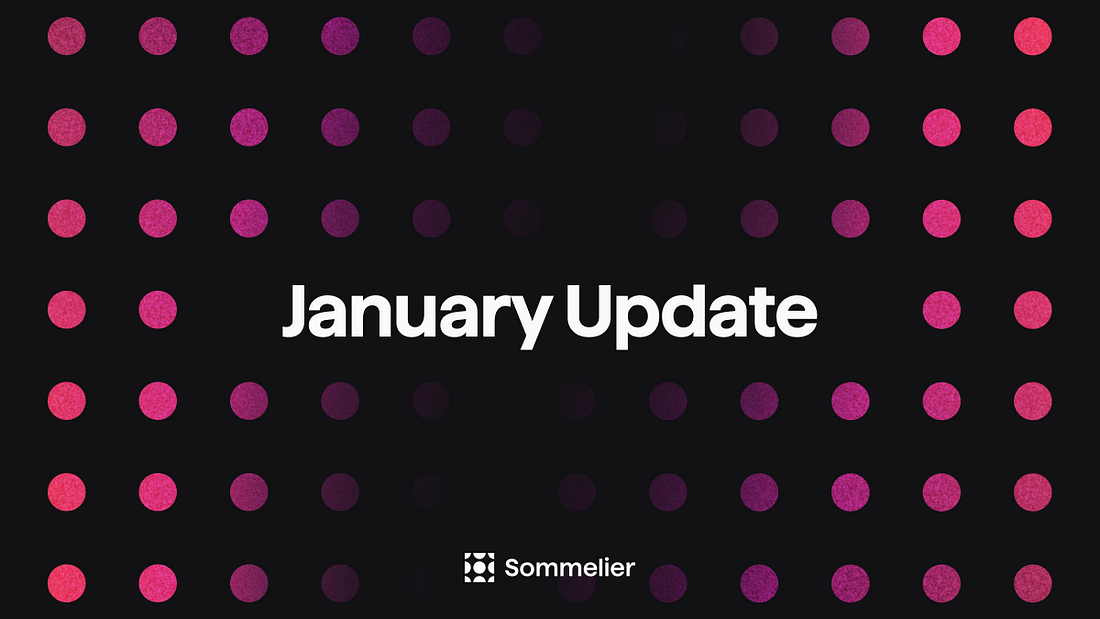
Sommelier January Update

Sommelier Upgrades Cellar Architecture to Enable the Most Powerful DeFi Strategies in the Market
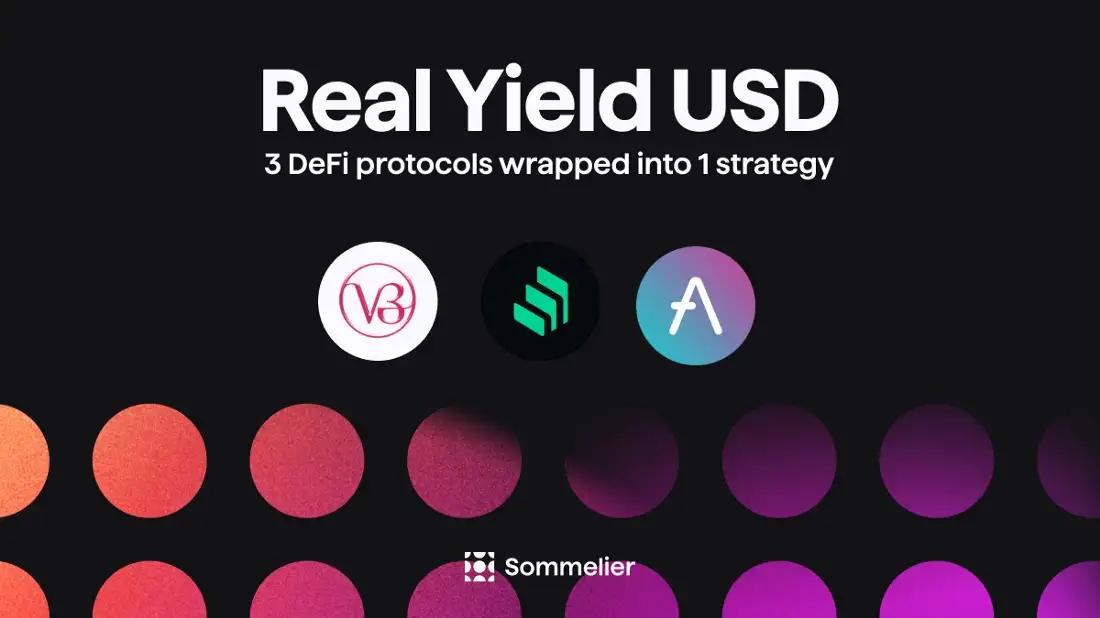
Real Yield USD is Coming to Maximize Stablecoin Yield
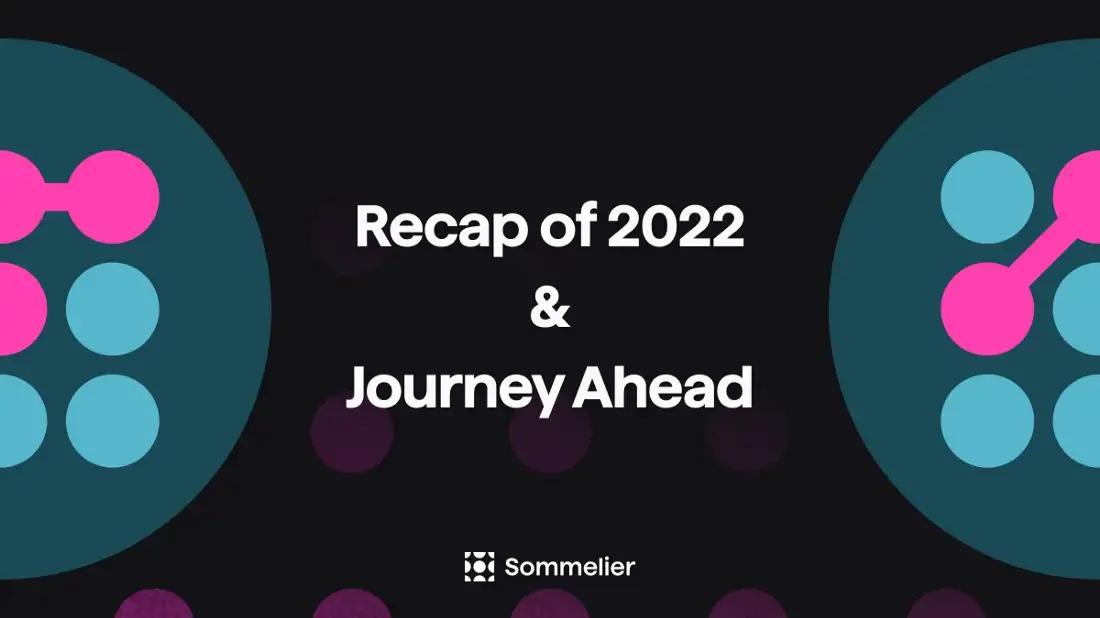
Retrospective on 2022 and the Journey Ahead
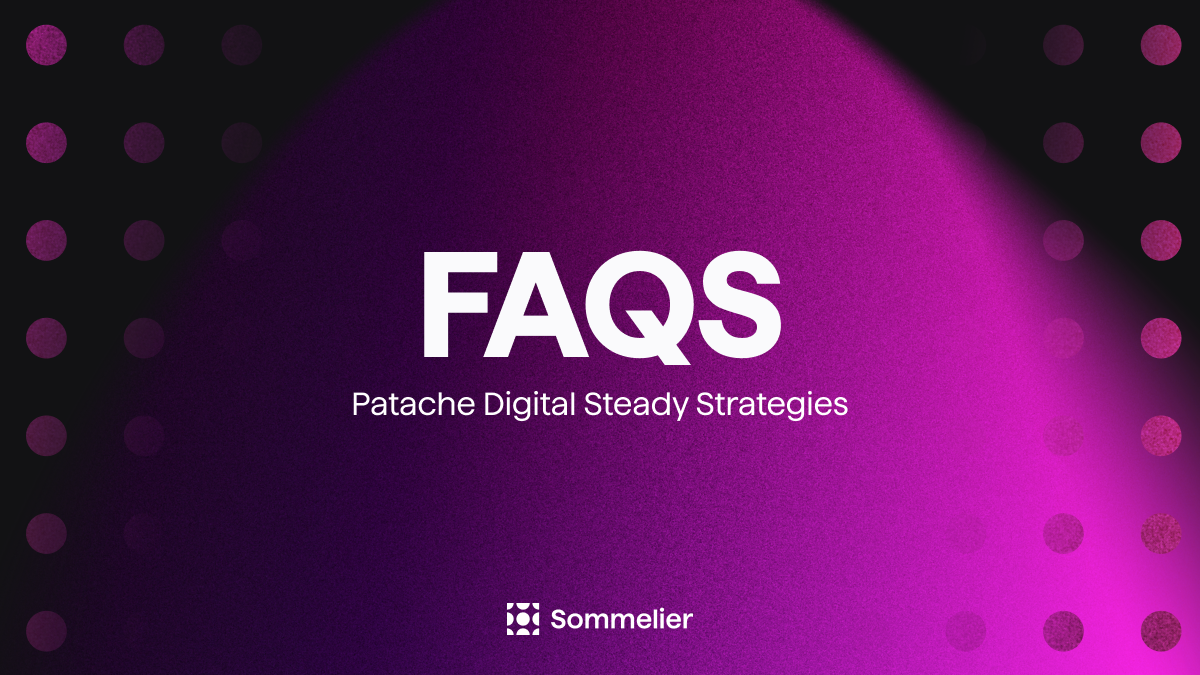
FAQ - Patache Digital’s Steady Strategies
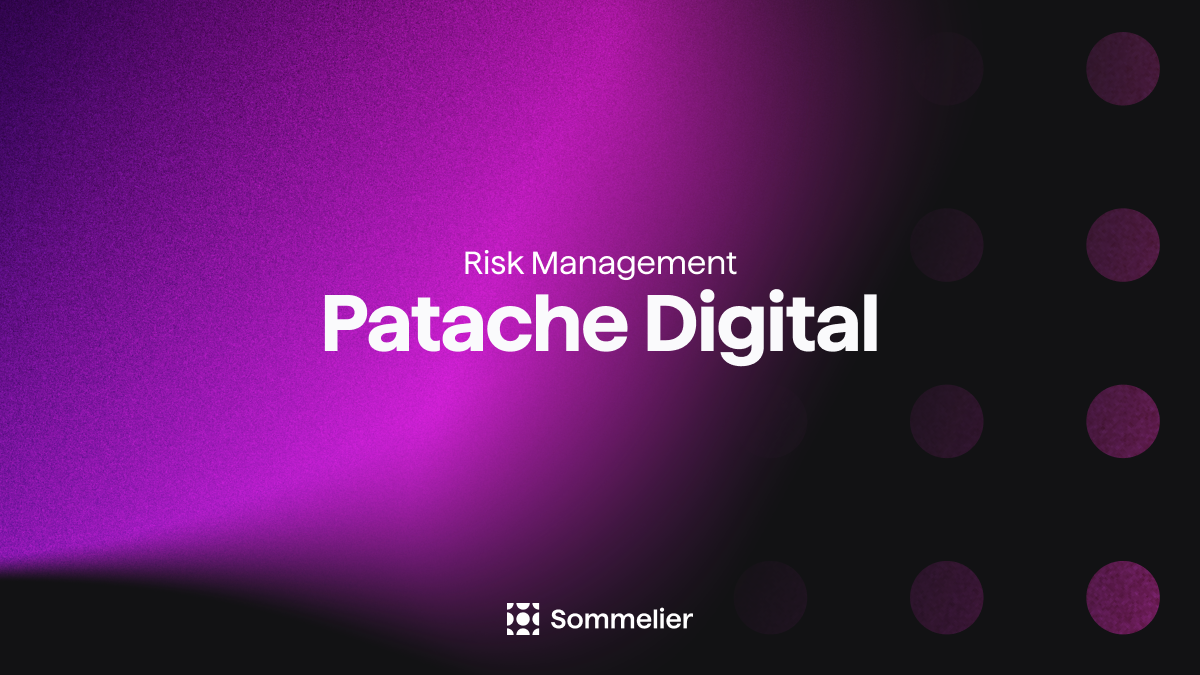
Patache Digital: Risk Management Discussion
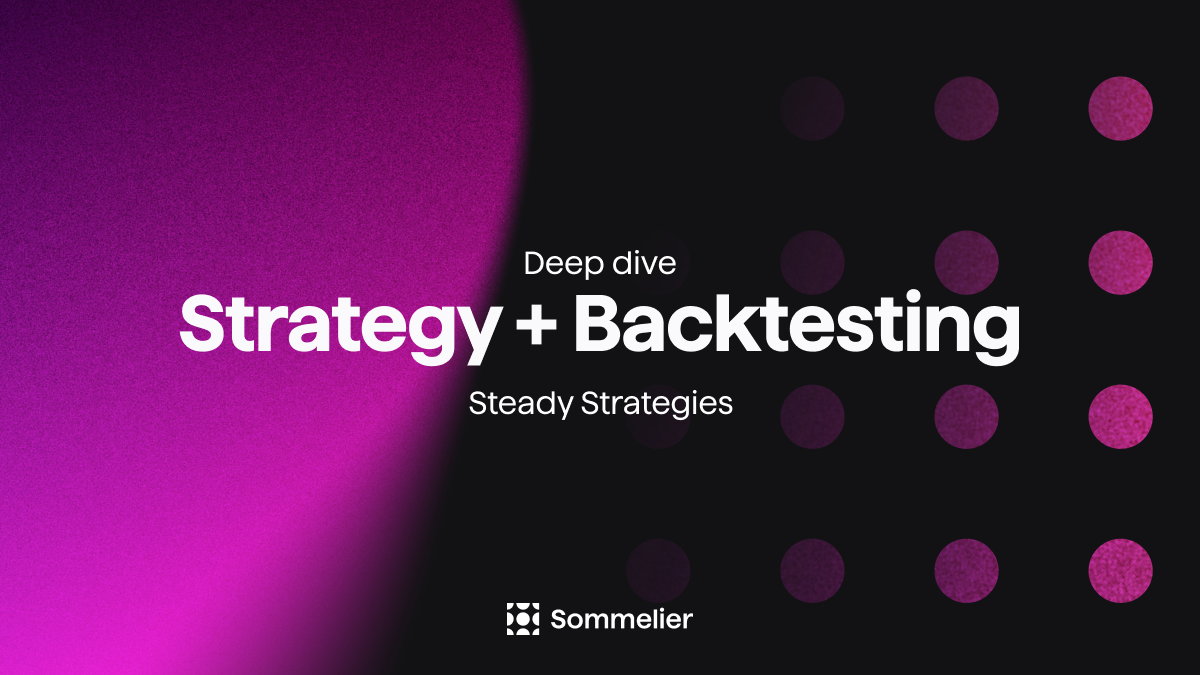
Strategy Deep Dive: Patache Digital
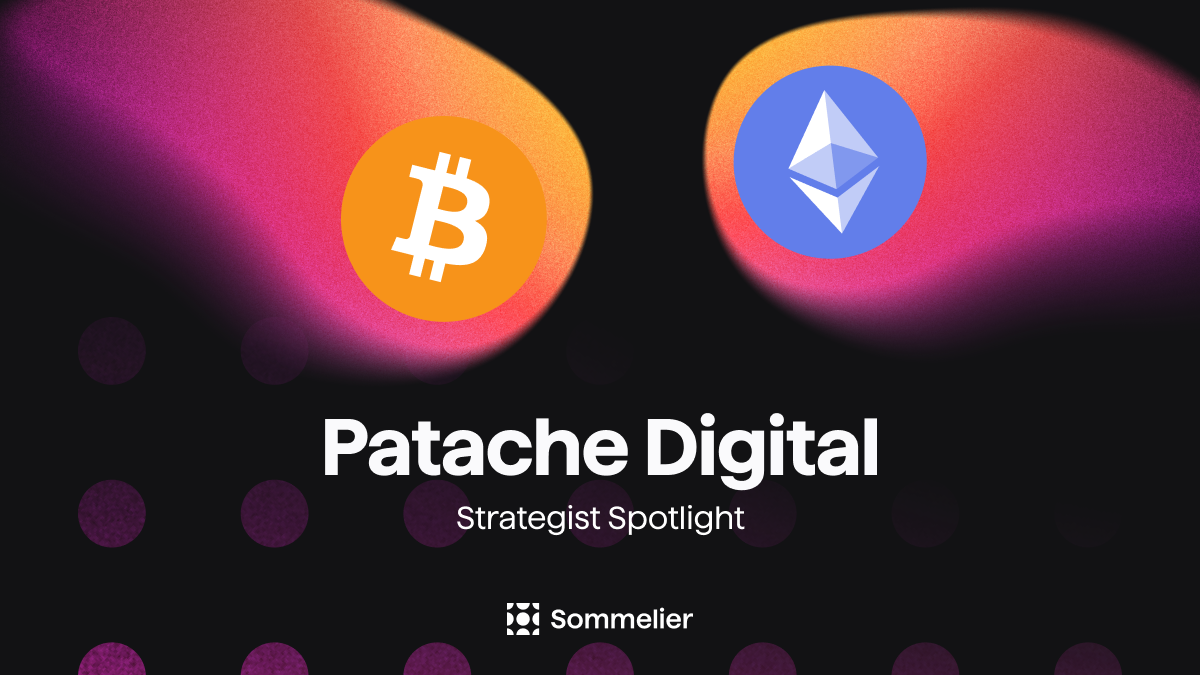
Strategy Provider Spotlight: Patache Digital
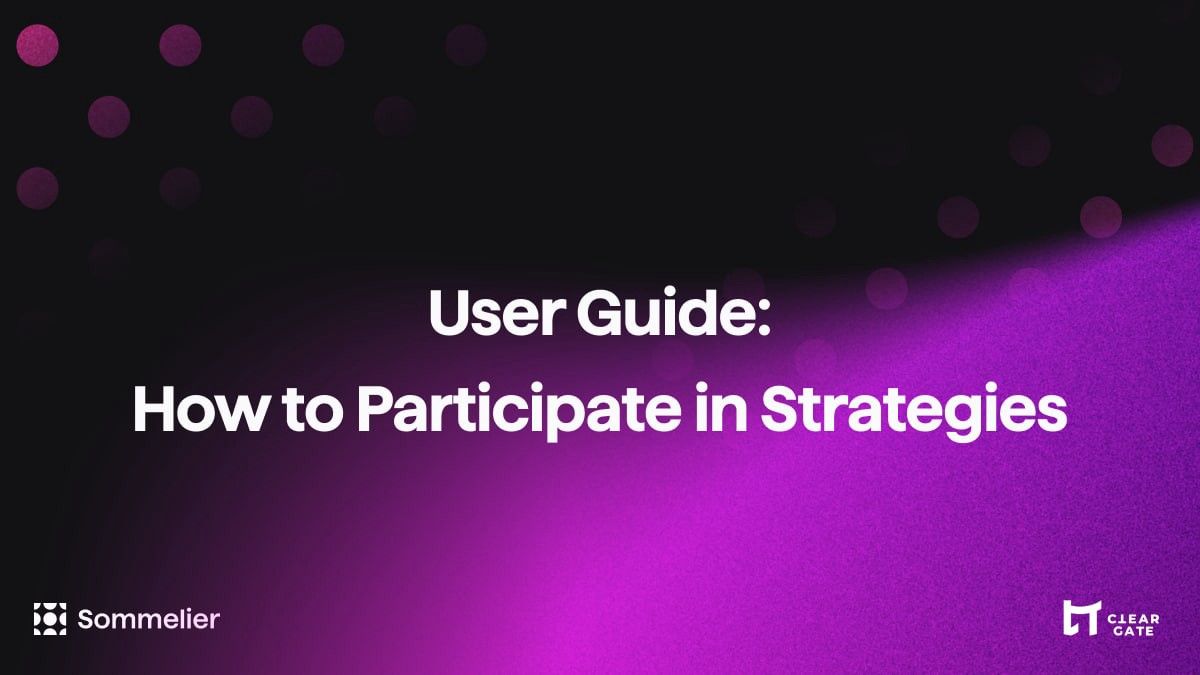
User Guide: How to Participate in Strategies on Sommelier

Sommelier Ambassador Program
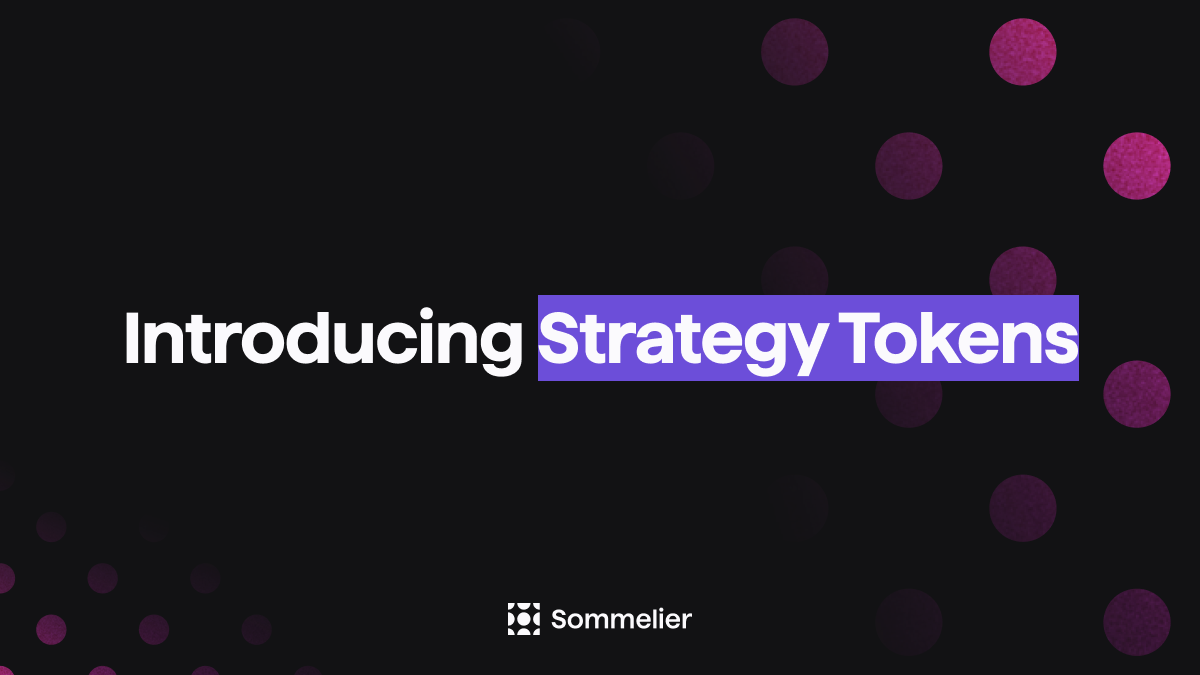
Strategy Tokens: What Are They and How Do They Work?
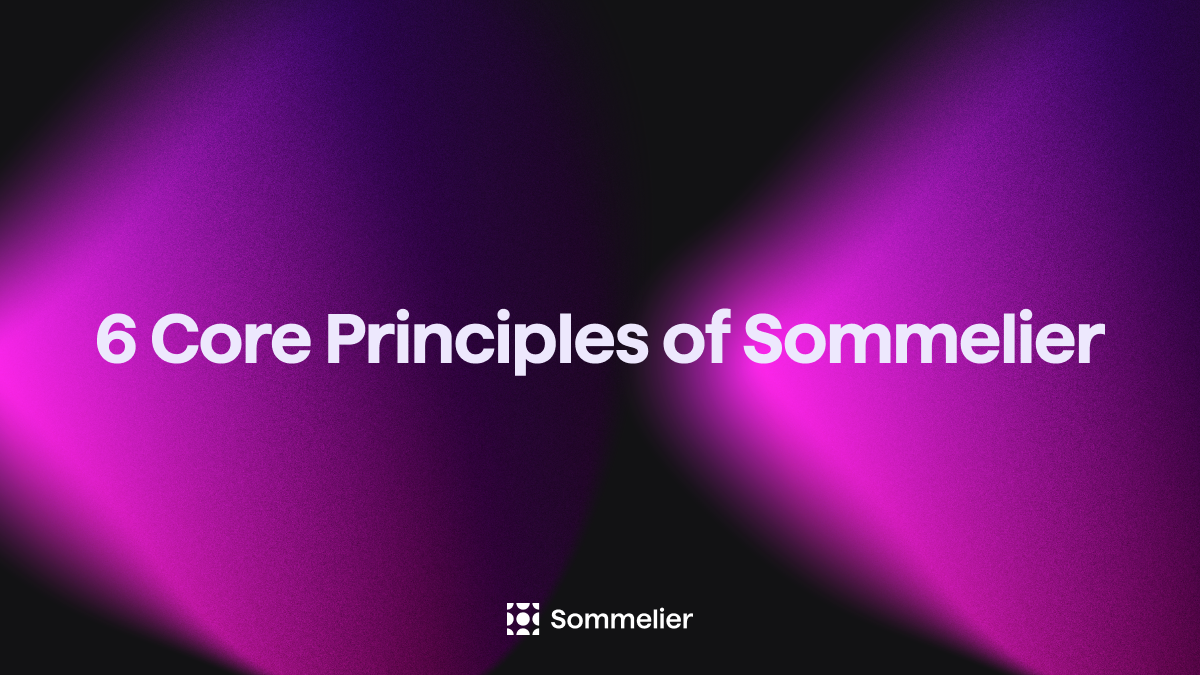
6 Core Principles of Sommelier

10/10/22 - Deep Dive on Cleargate Backtesting
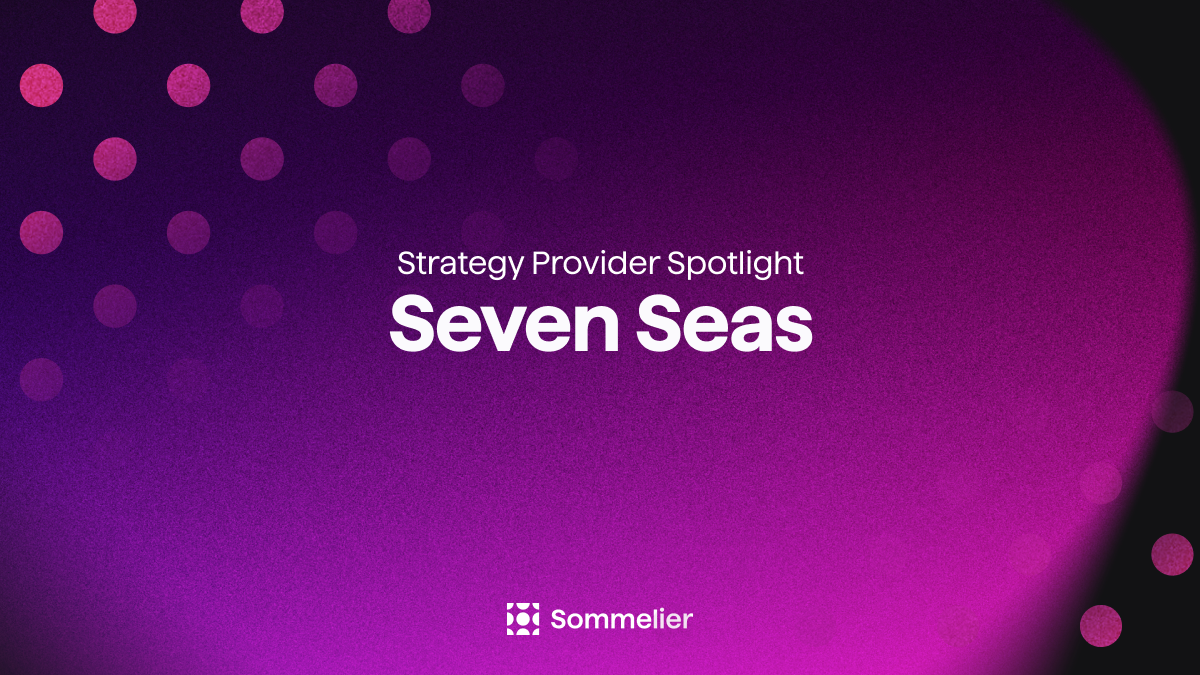
Strategy Provider Spotlight: Seven Seas

Deep Dive on Trend and Momentum Strategies
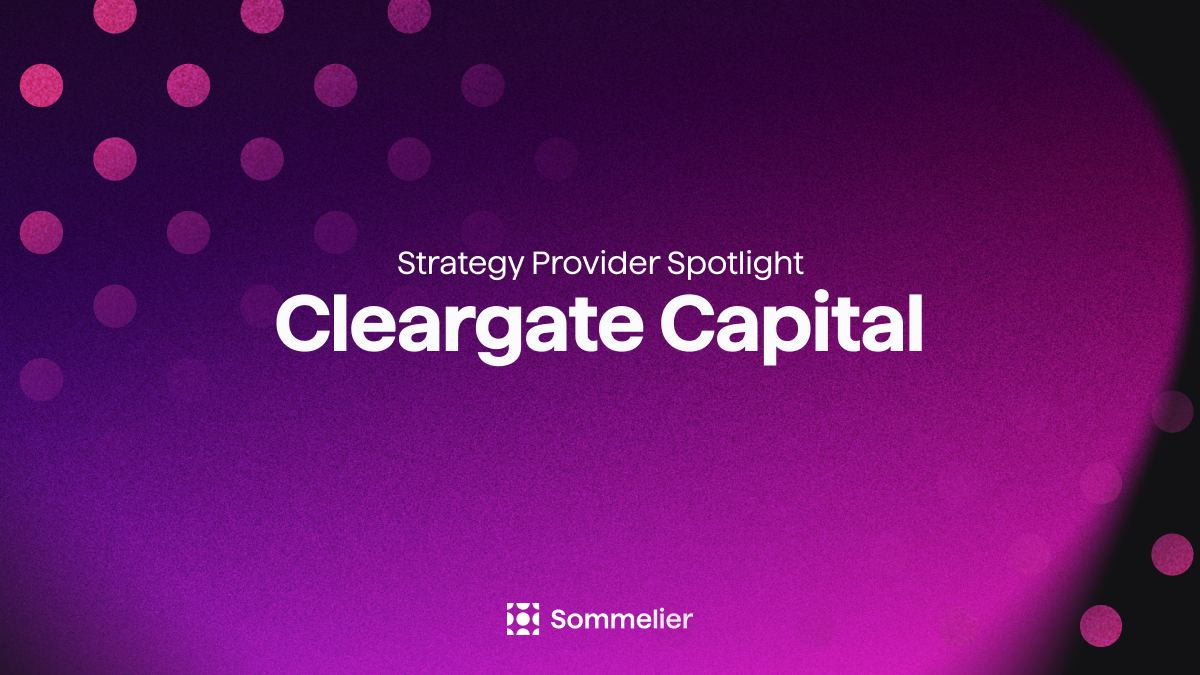
Strategy Provider Spotlight: ClearGate

Supporting Strategy Providers on Sommelier
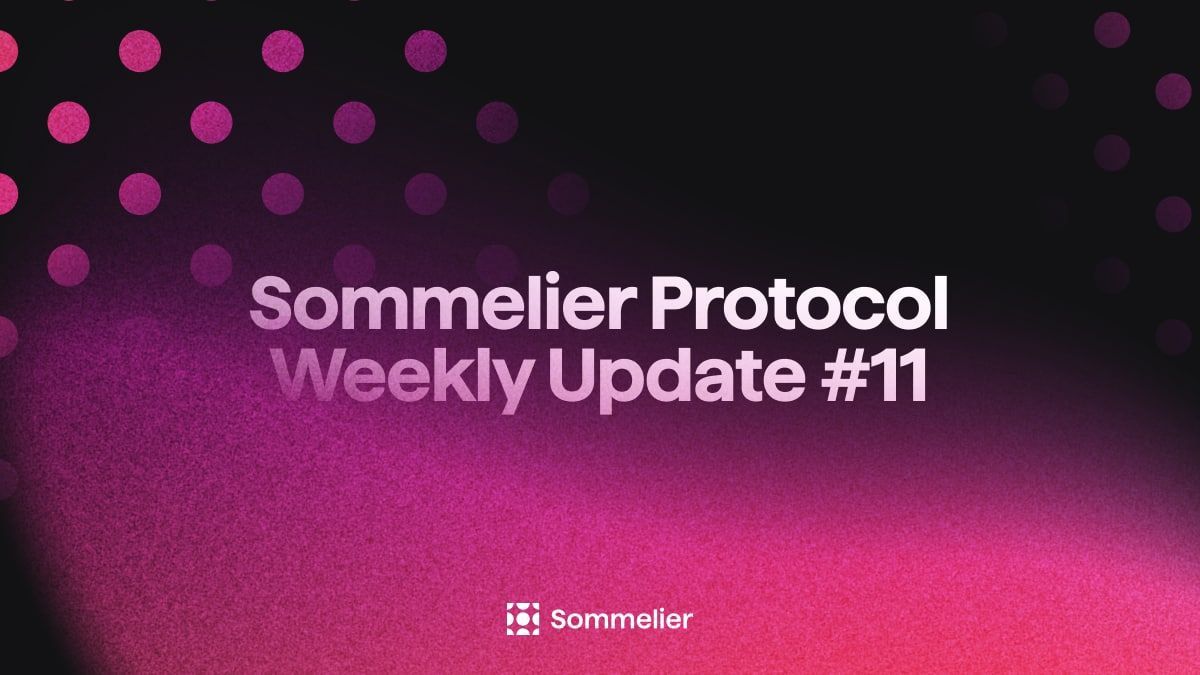
Sommelier Protocol Team Weekly Update #11

ELI-5 Explanation of the Data Science behind Sommelier’s First Aave Cellar
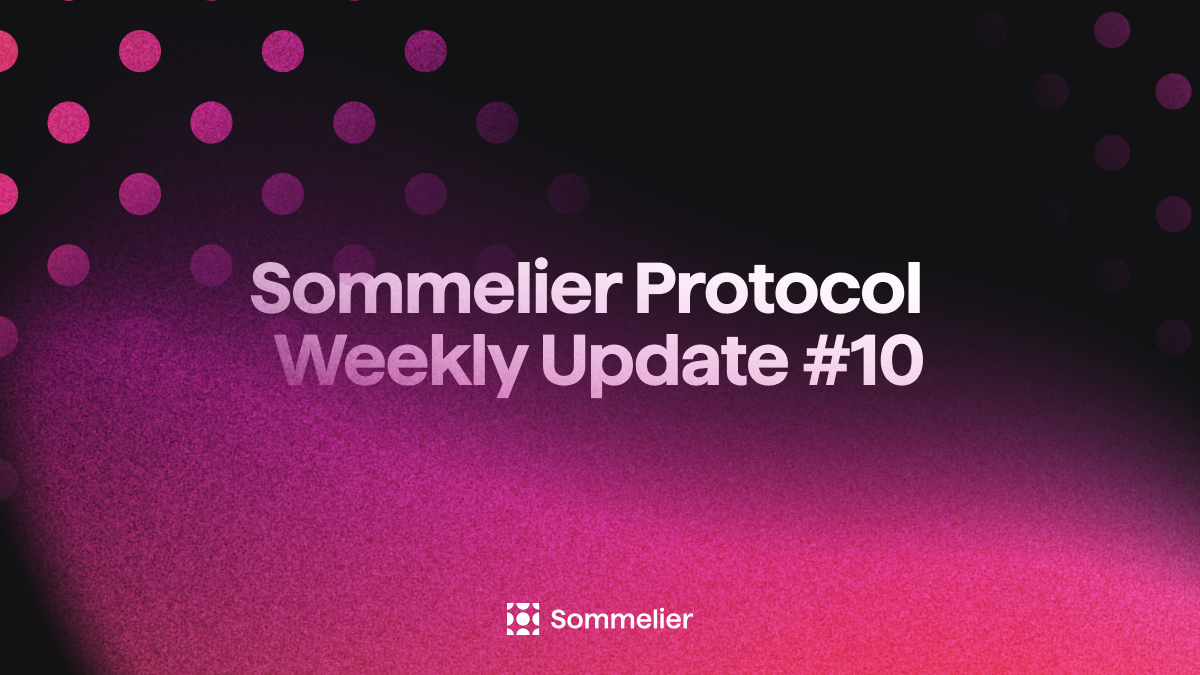
Sommelier Protocol Team Weekly Update #10

The Data Science Behind Sommelier’s First Aave Cellar
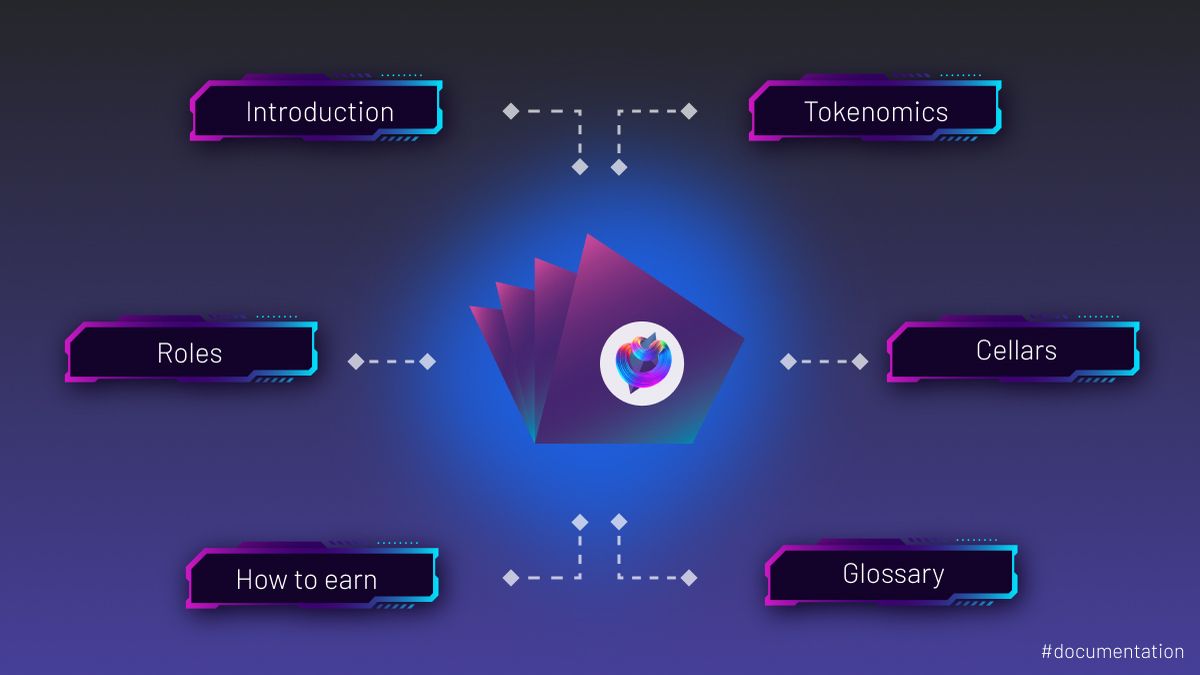
Sommelier Protocol Design Documents
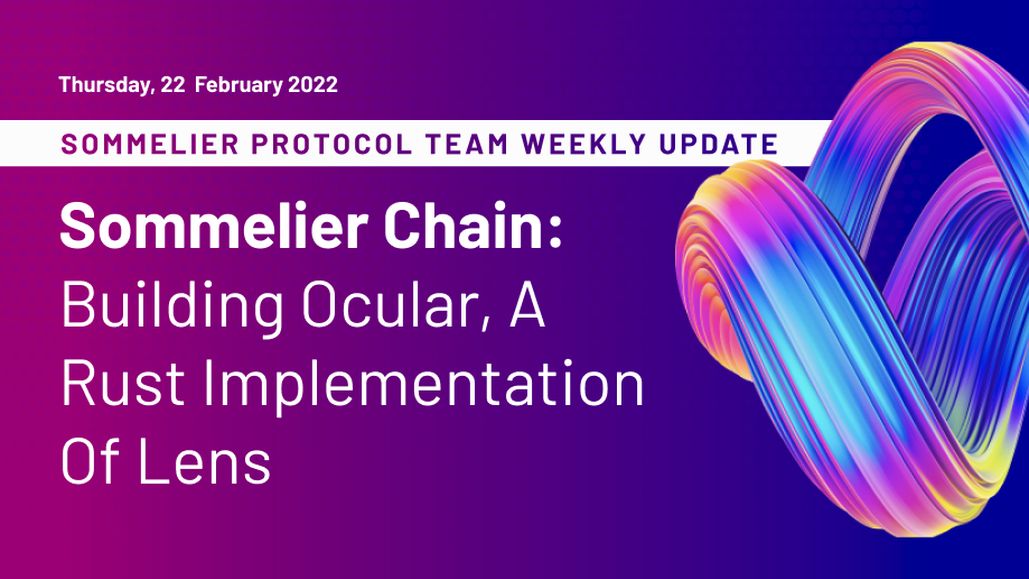
Sommelier Protocol Team Weekly Update #9
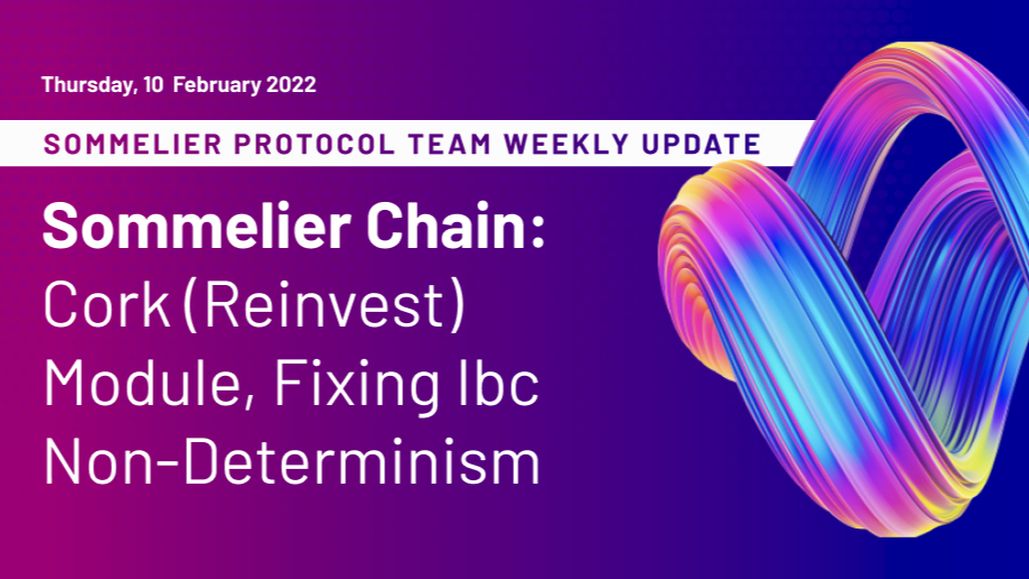
Sommelier Protocol Team Weekly Update #8
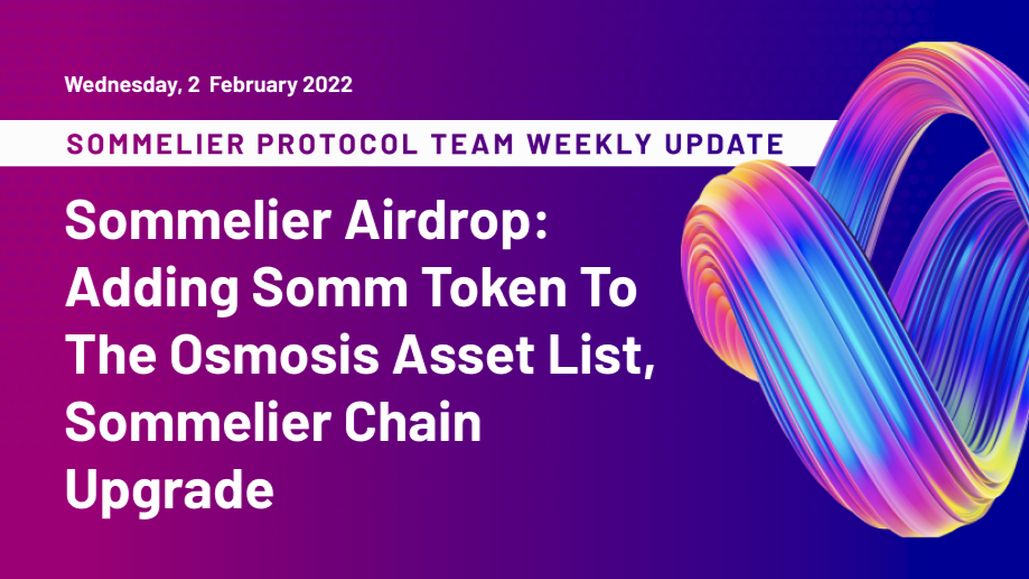
Sommelier Protocol Team Weekly Update #7

Twitter Spaces With Sommelier: How to Launch a Cellar on Sommelier

Twitter Spaces With Sommelier: Protocol Upgrade and Community Update
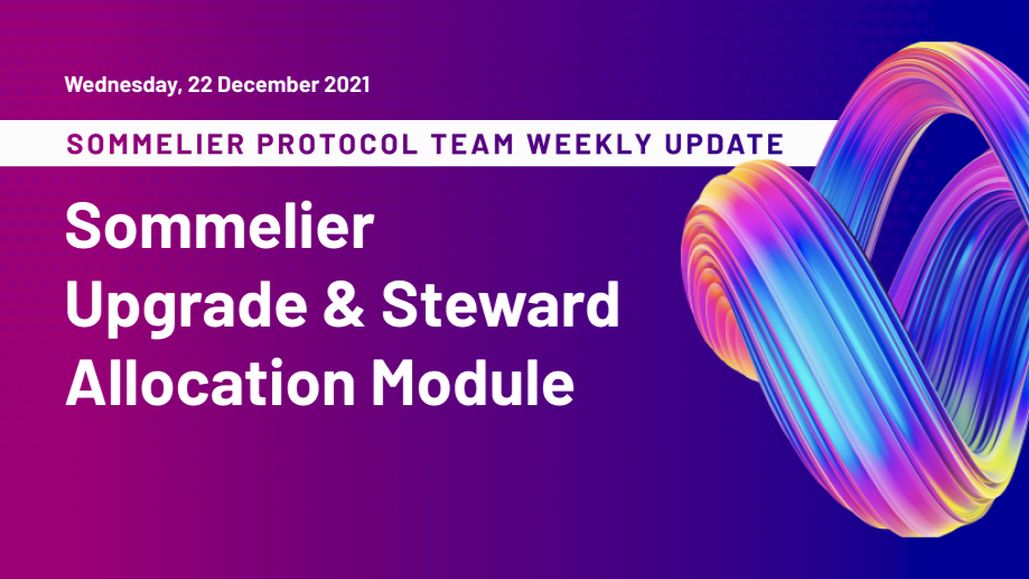
Sommelier Protocol Team Weekly Update #4
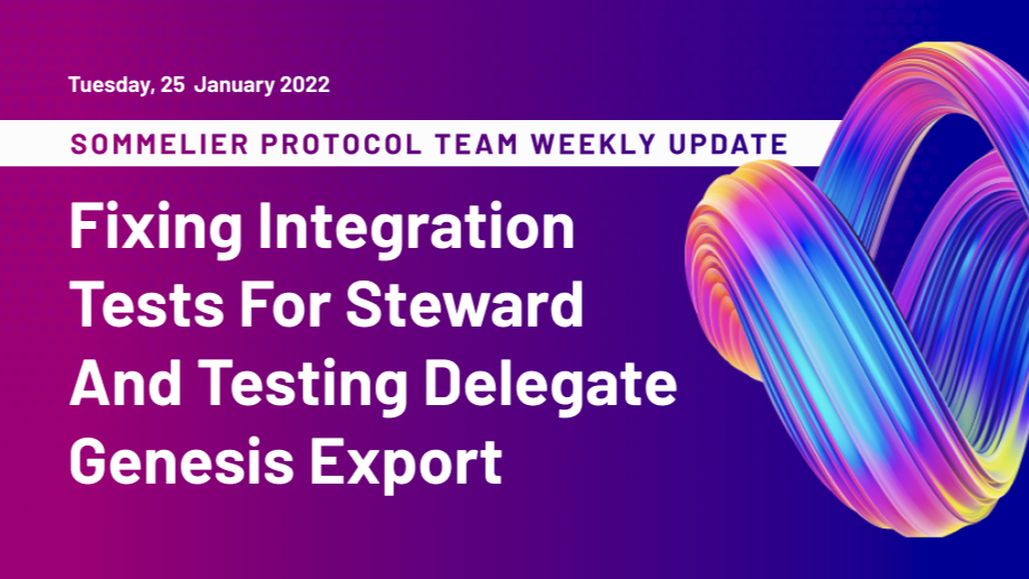
Sommelier Protocol Team Weekly Update #6
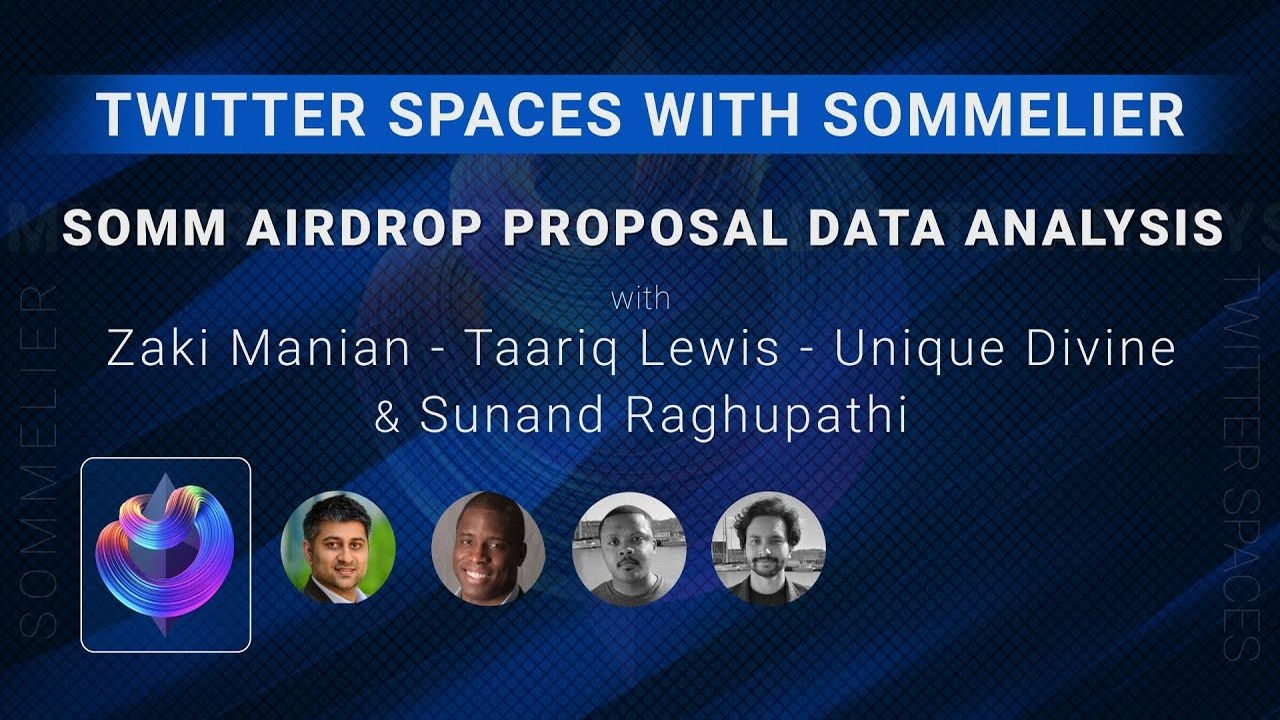
Twitter Spaces With Sommelier: SOMM Airdrop Proposal Data Analysis
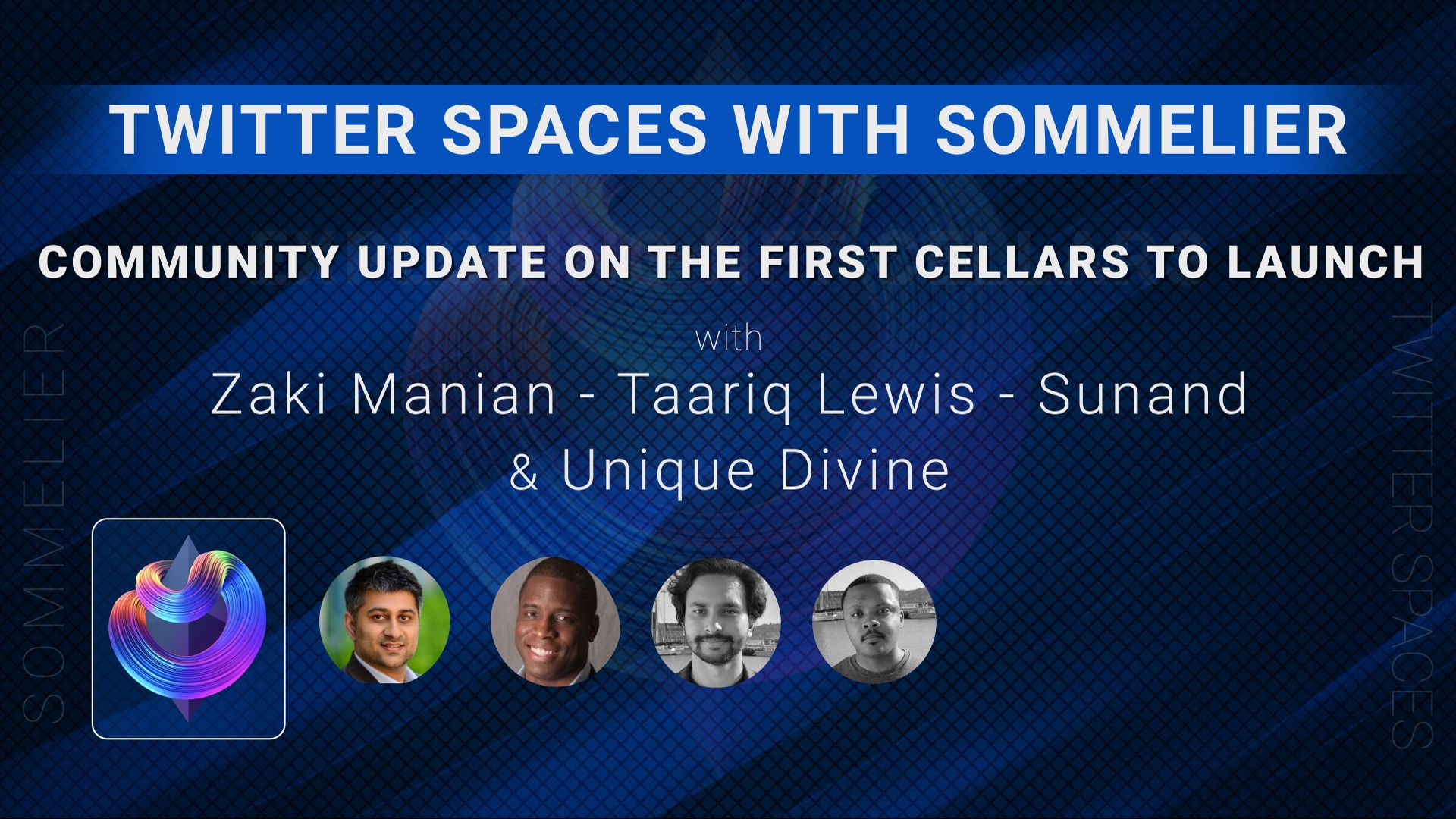
Twitter Spaces With Sommelier: Community Update on the First Cellars to Launch
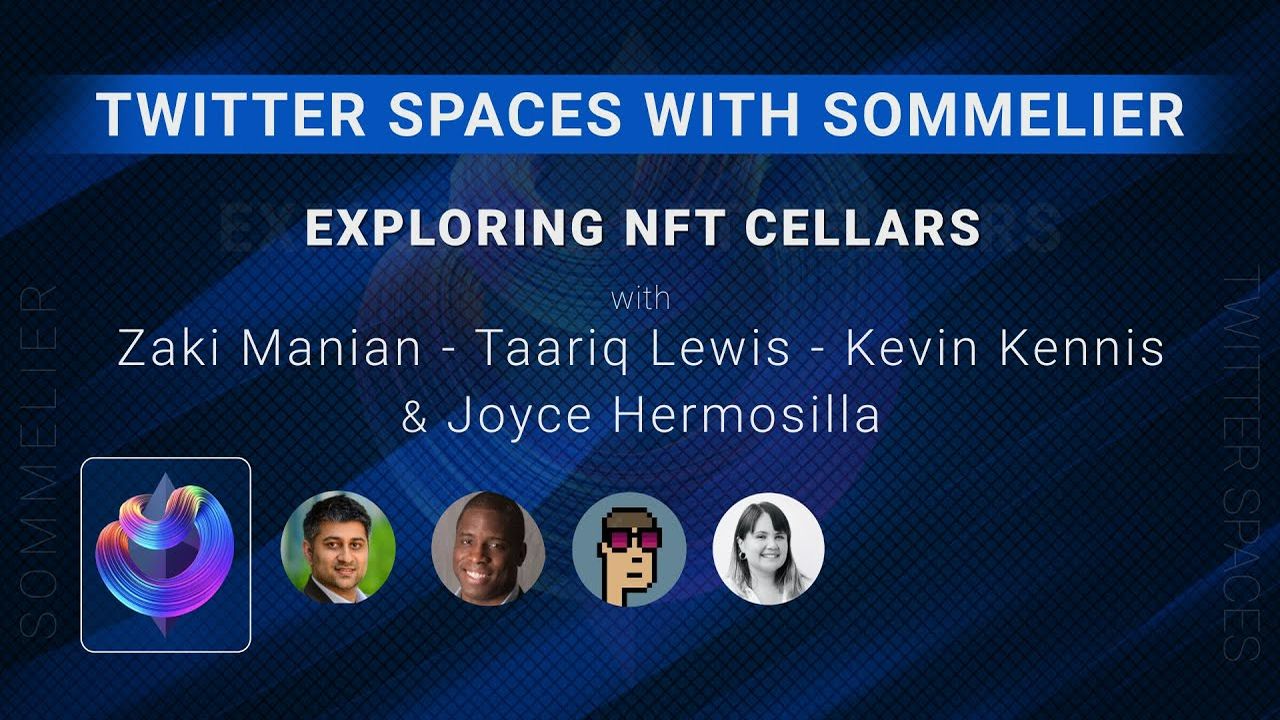
Twitter Spaces With Sommelier: Exploring NFT Cellars
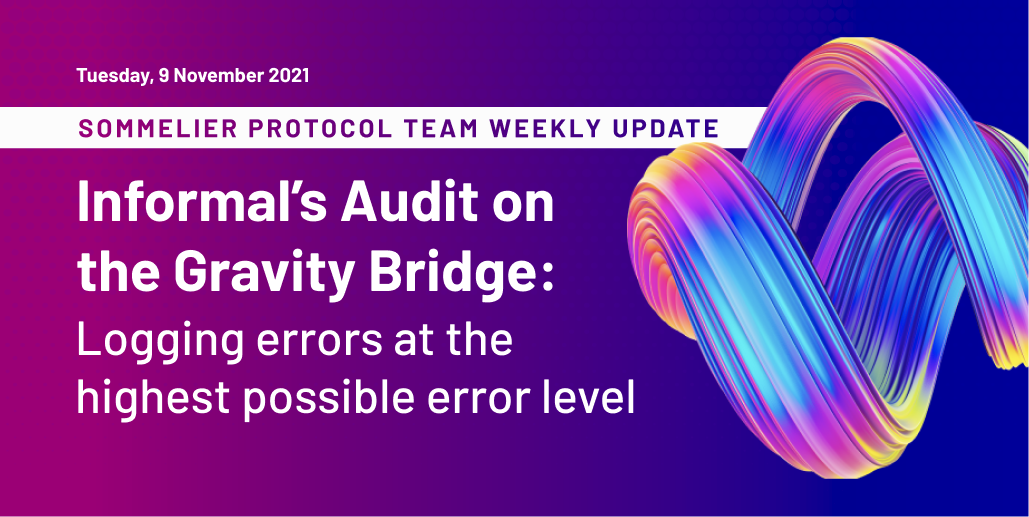
Sommelier Protocol Team Weekly Update #1
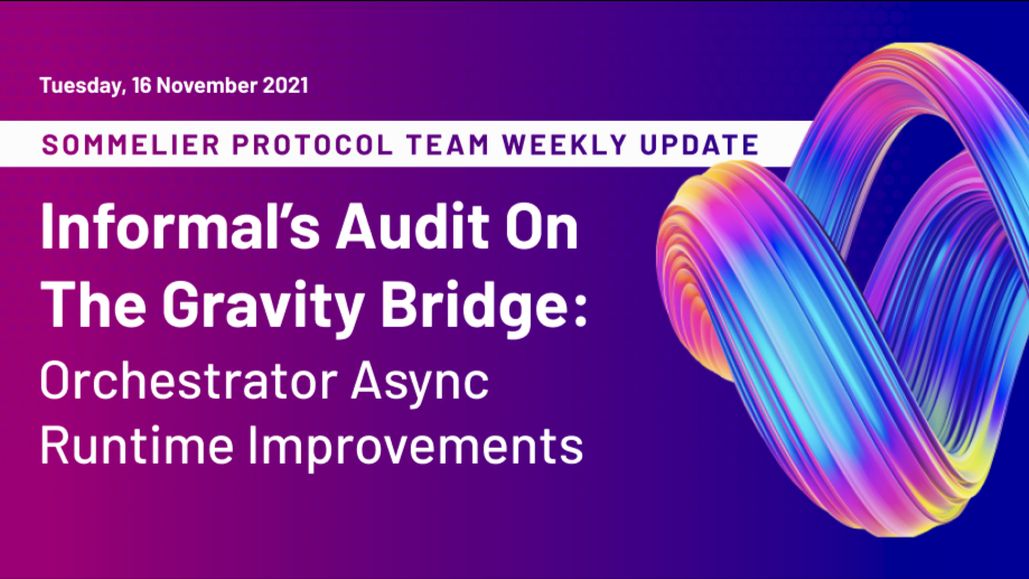
Sommelier Protocol Team Weekly Update #2
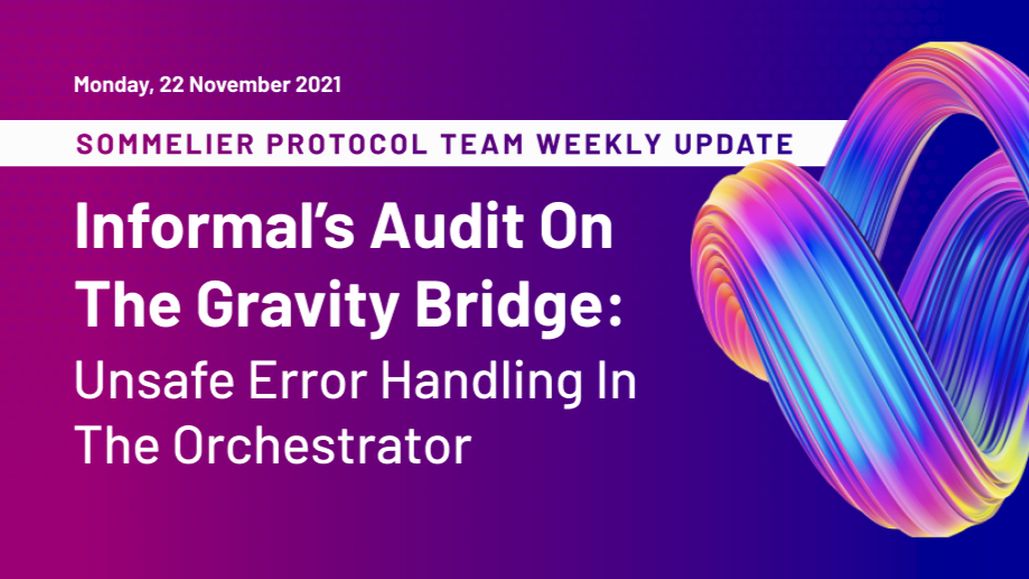
Sommelier Protocol Team Weekly Update #3

Three Things You Need to Know About Sommelier Governance This Week
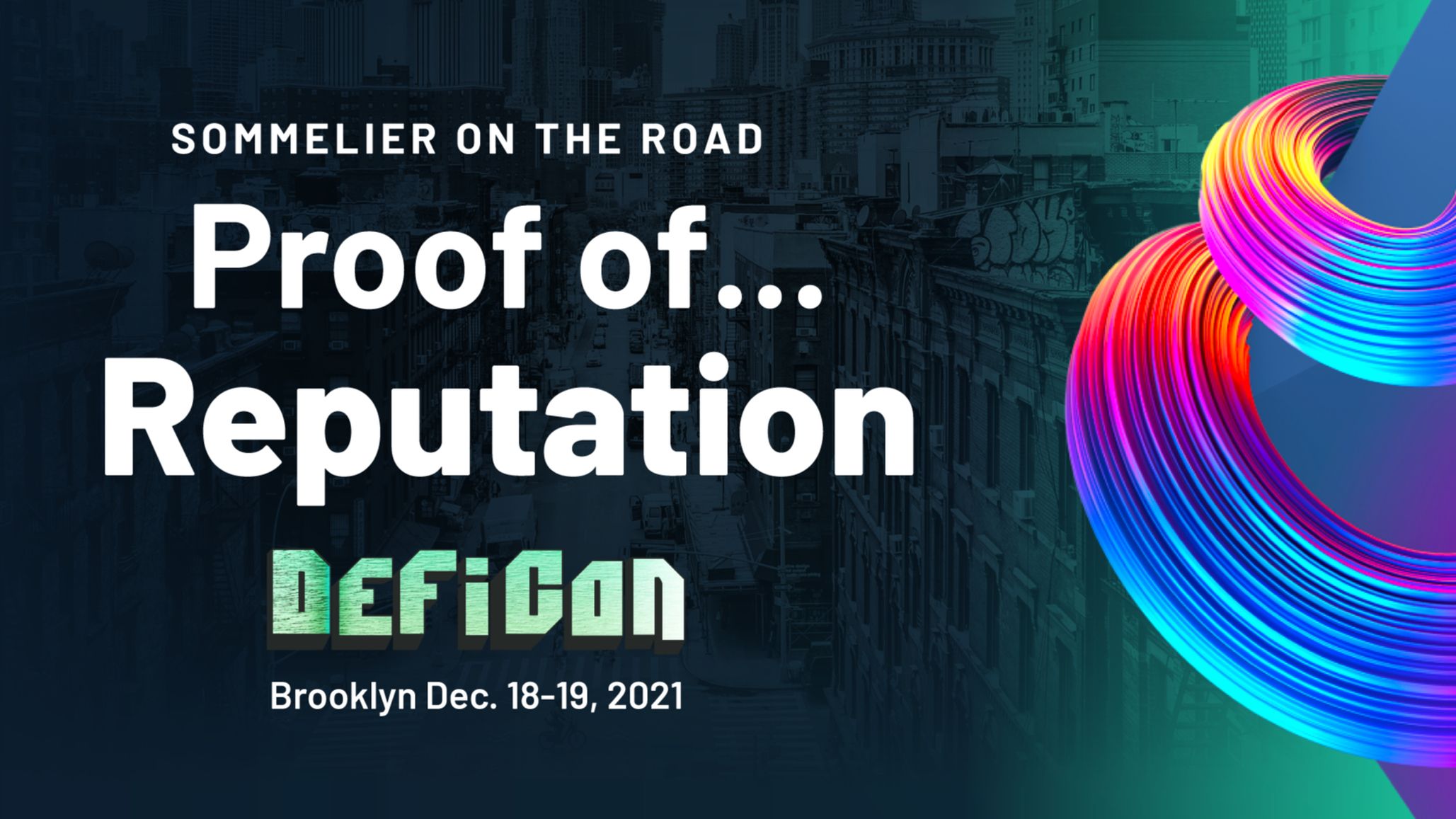
Sommelier On the Road: PROOF OF…REPUTATION
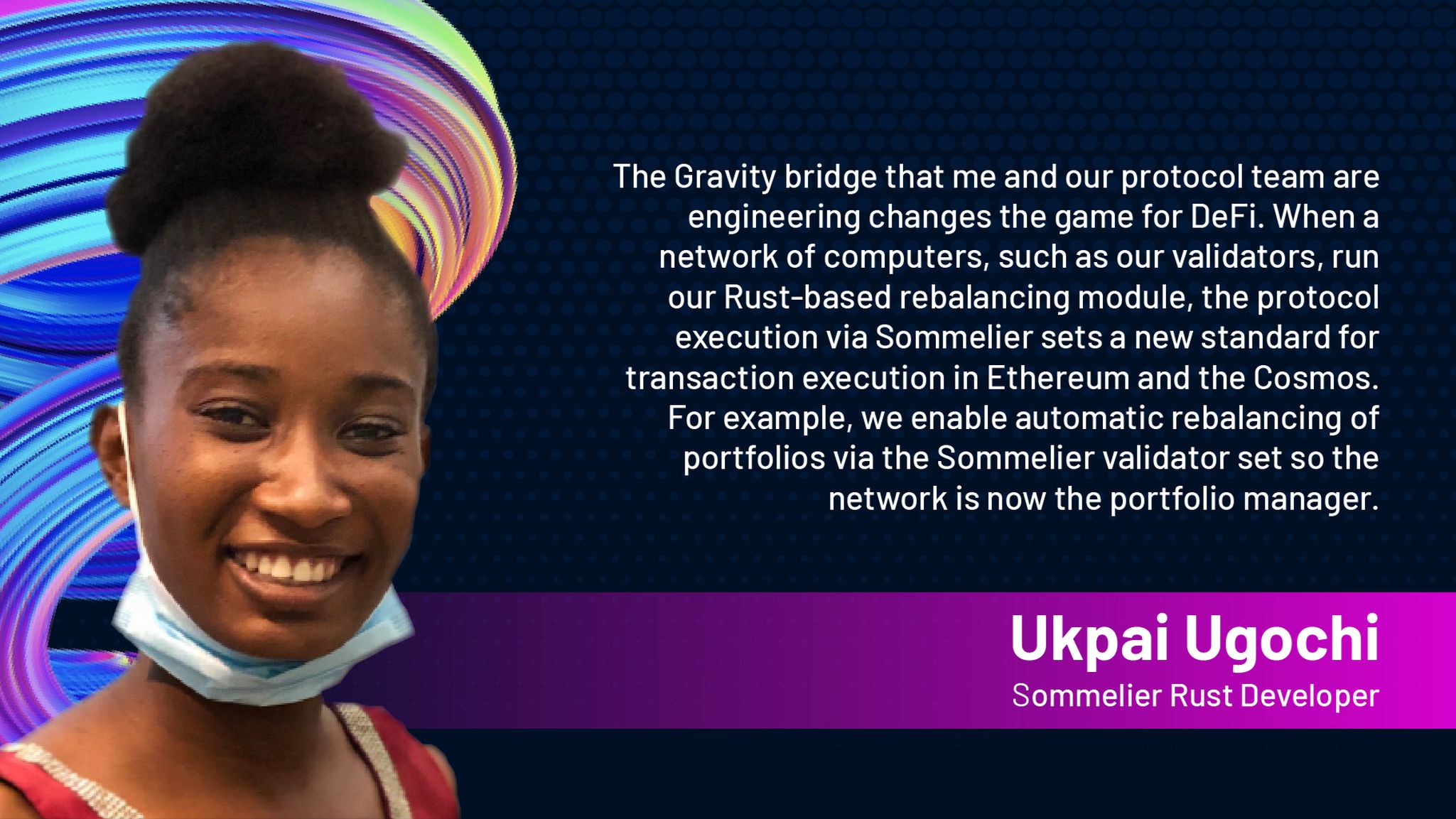
Introducing Ukpai Ugochi - Working on The Sommelier Cellars Rebalancer
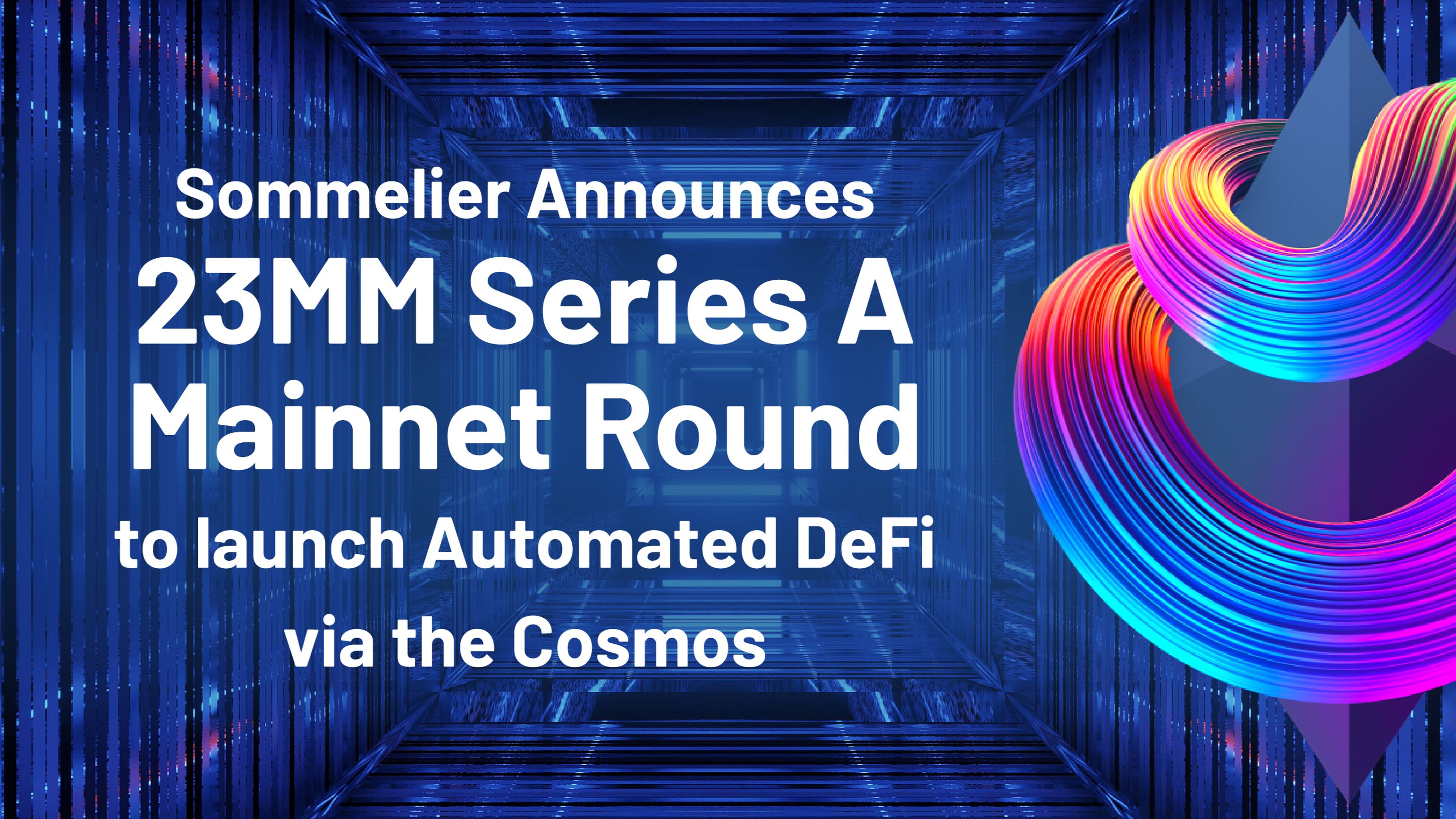
Sommelier Announces 23MM Series A Mainnet Round to launch Automated DeFi via the Cosmos
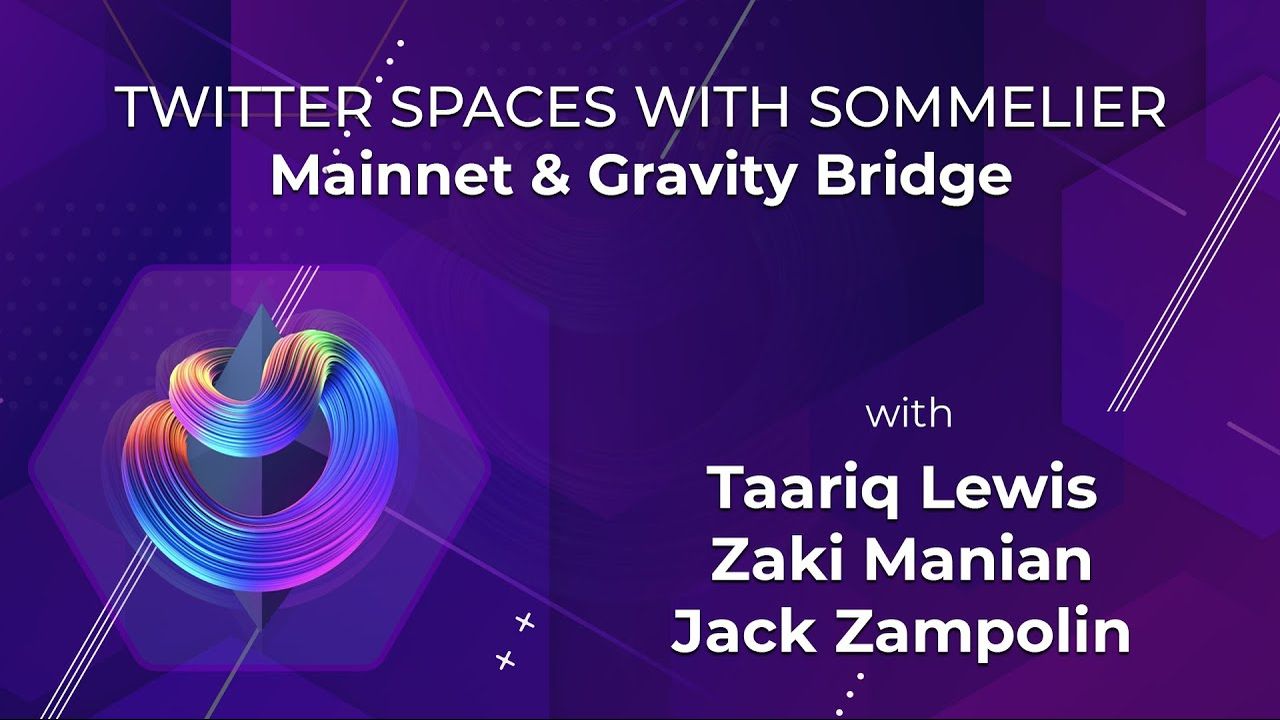
Twitter Spaces With Sommelier: Mainnet Launch & Gravity Bridge
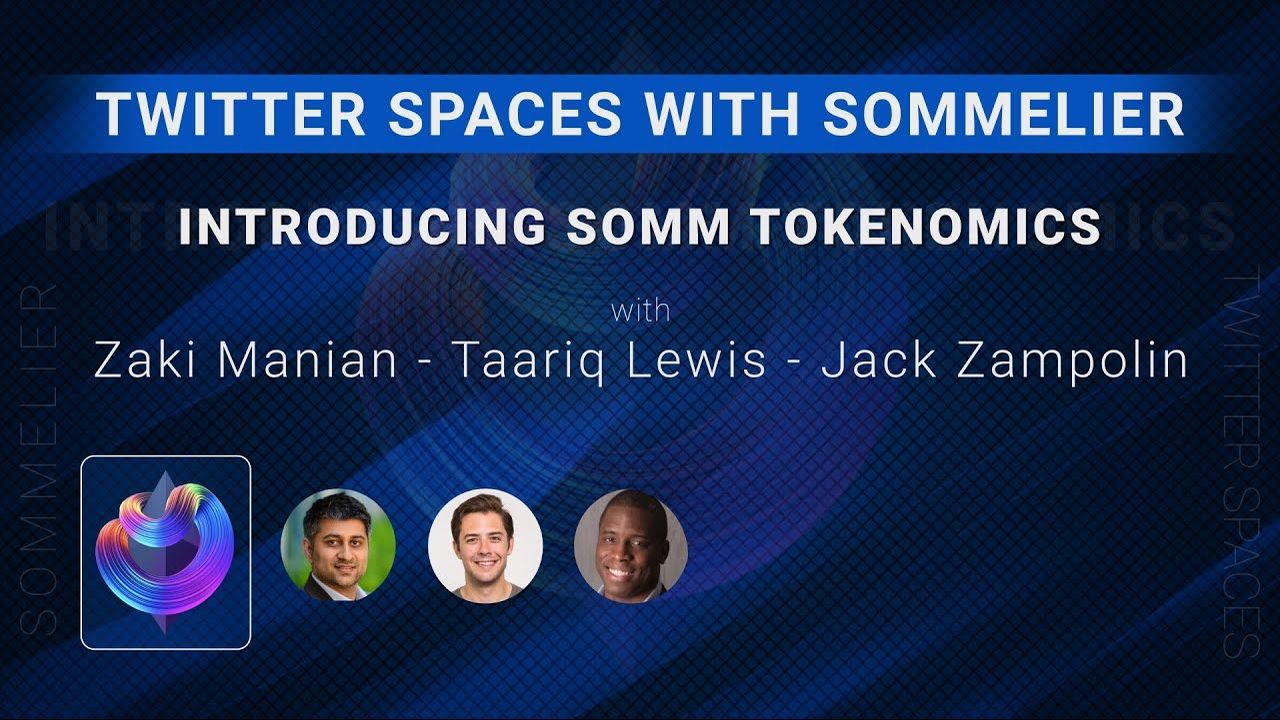
Twitter Spaces With Sommelier: Introducing SOMM Tokenomics
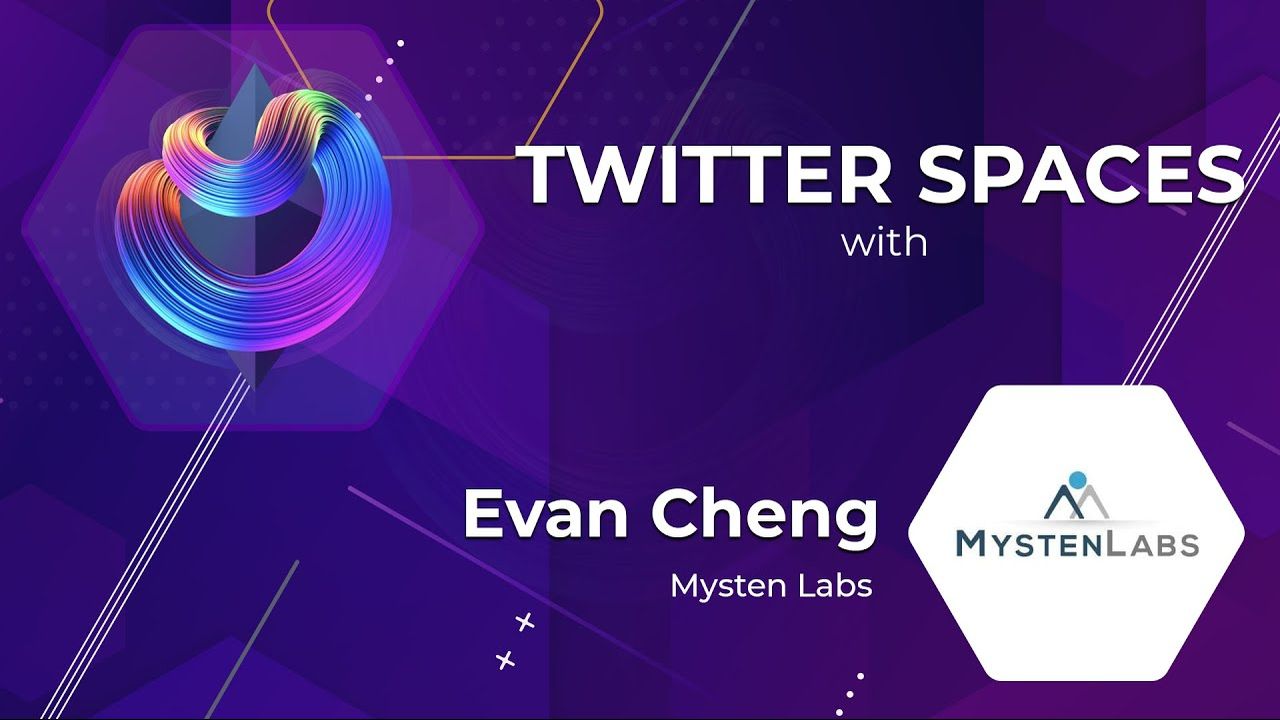
Twitter Spaces With Sommelier: Mysten Labs AMA With Evan Cheng
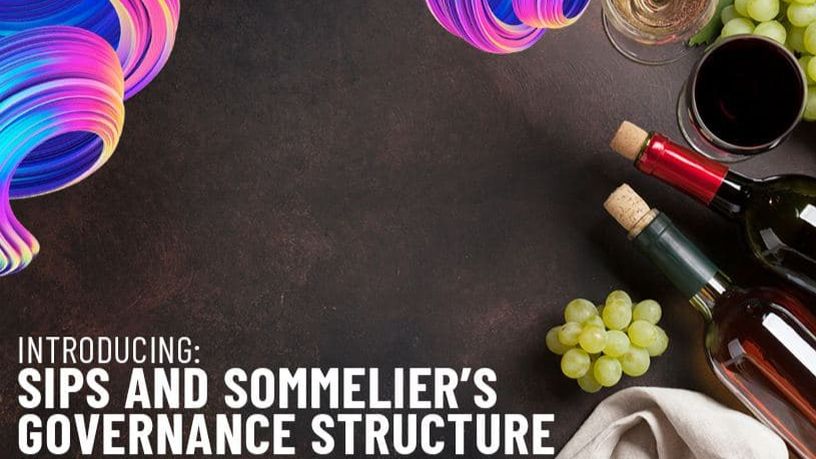
Introducing SIPS and Sommelier’s Governance Structure
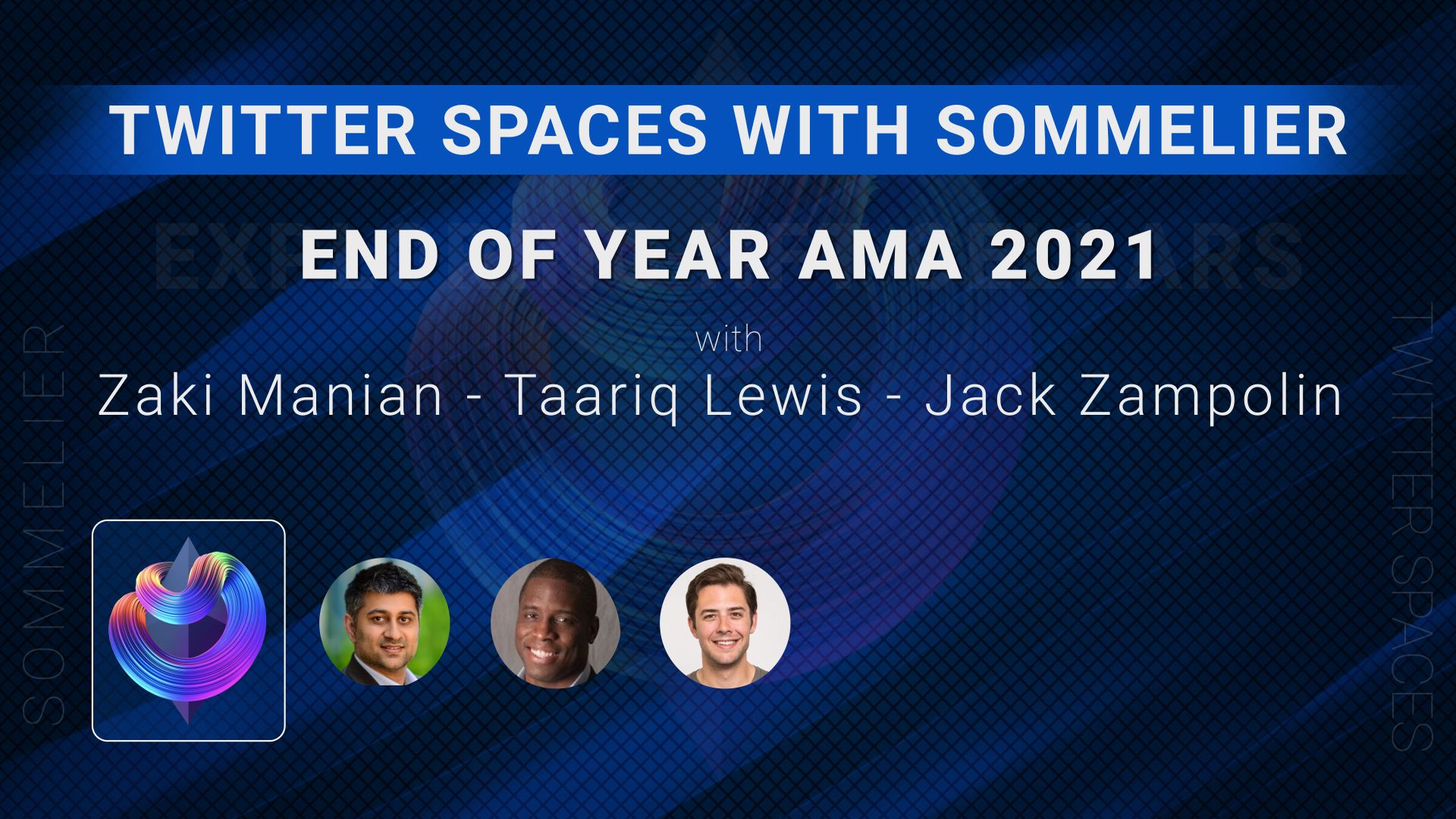
Twitter Spaces With Sommelier: End of Year AMA 2021

Twitter Spaces With Sommelier: Intro to SIPS & Lisbon Blockchain Week
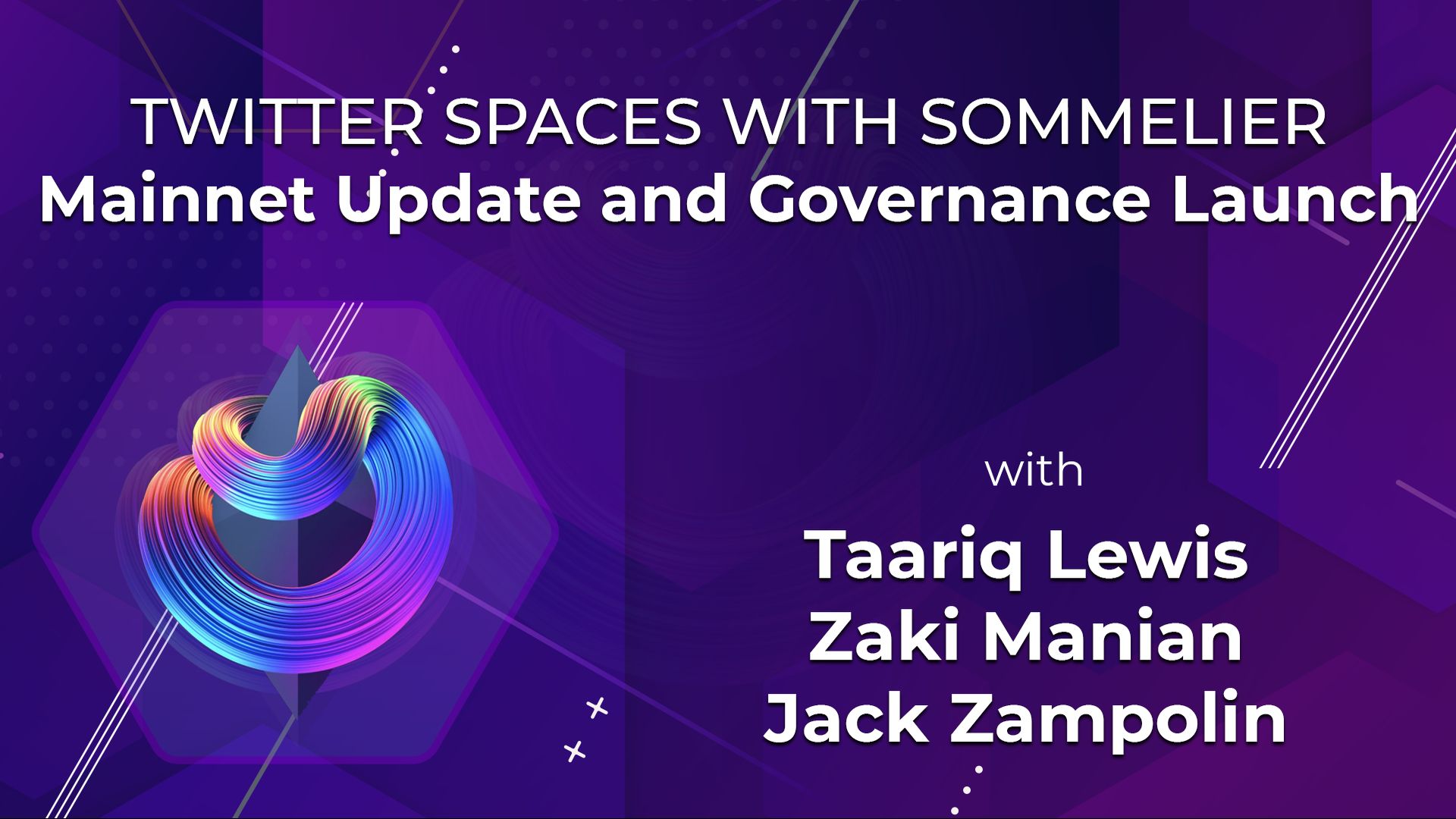
Twitter Spaces With the Sommeliers: Mainnet Update and Governance Launch
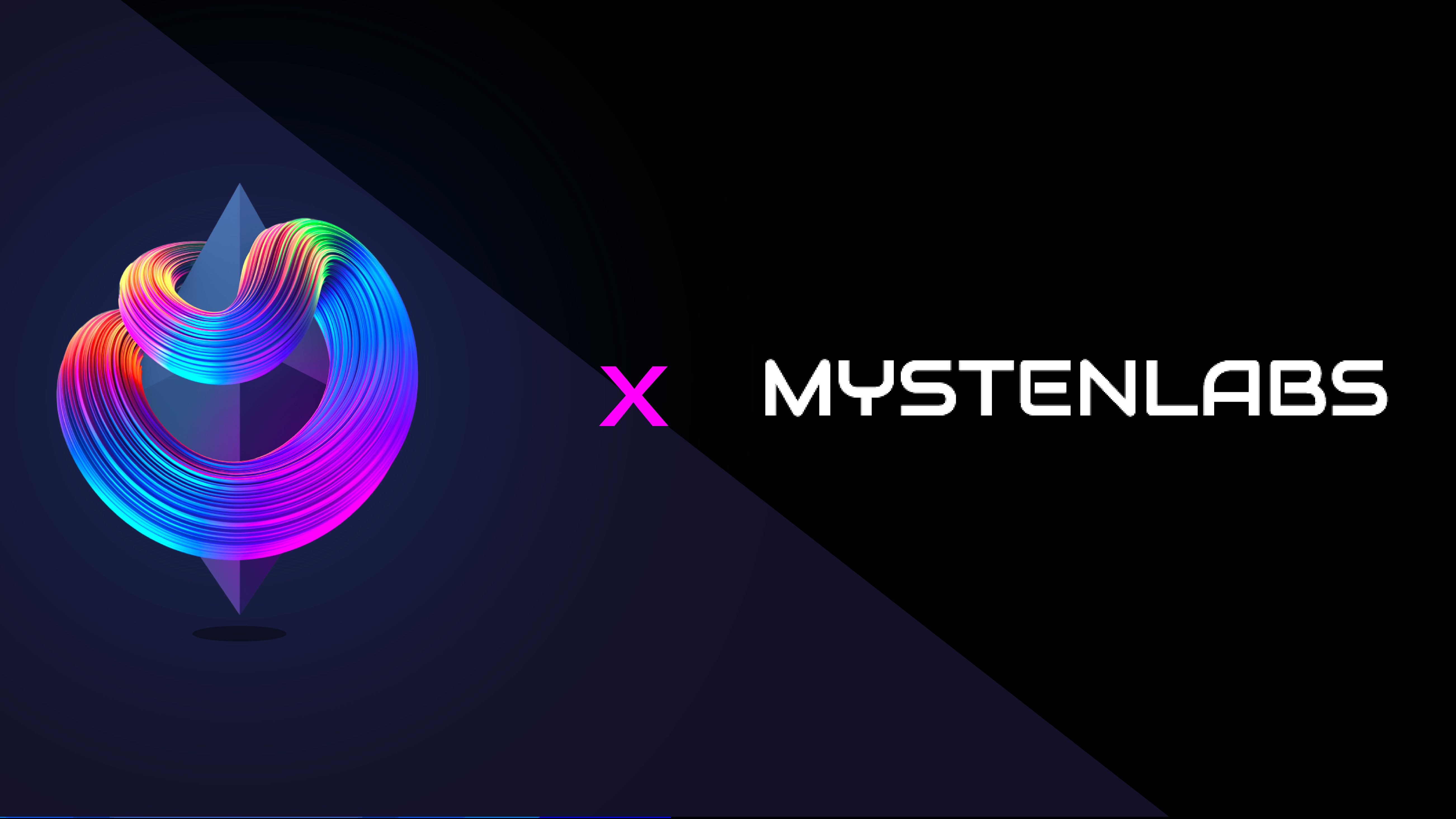
Sommelier Partners With Mysten Labs to Make Sommelier and All Cosmos Blockchains the Fastest Protocols on the Planet

Twitter Spaces With the Sommeliers: Sushi AMA With Joseph Delong
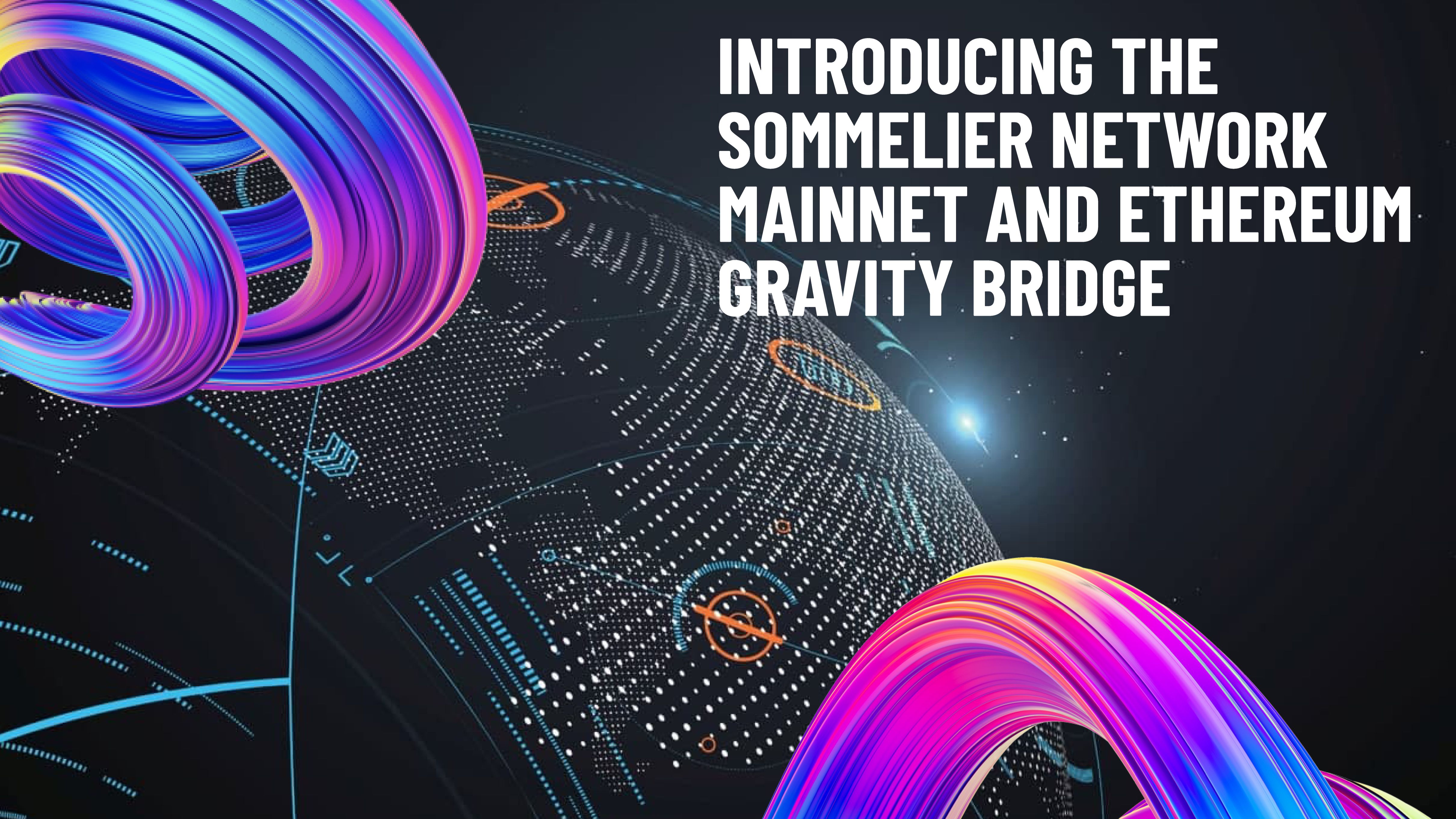
Introducing the Sommelier Network Mainnet and Ethereum Gravity Bridge
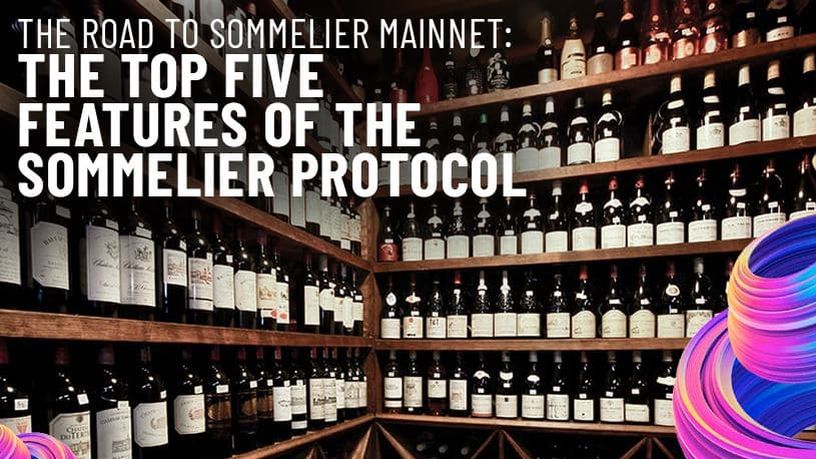
The Top Five Features of the Sommelier Protocol
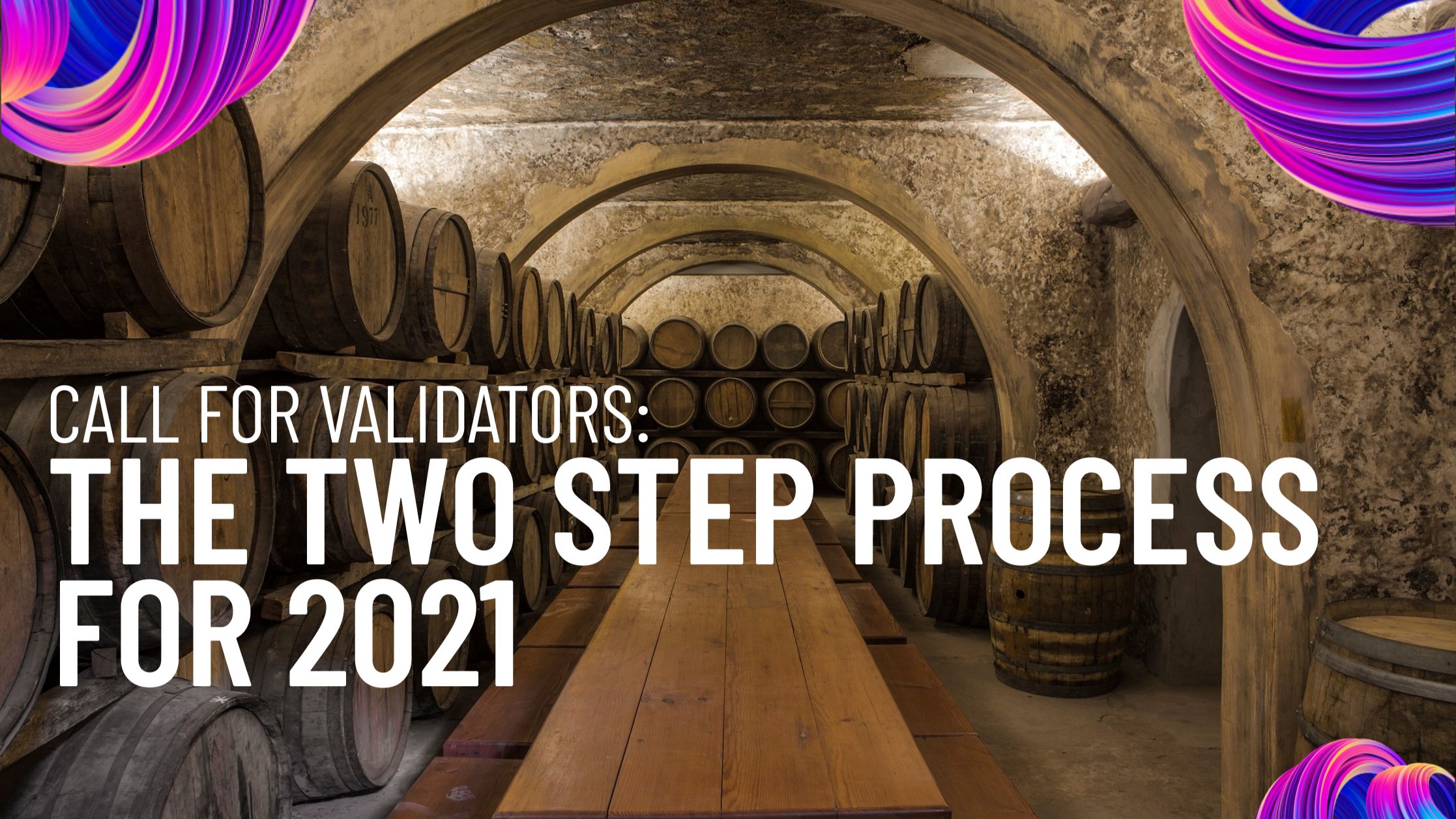
Call for Validators: The Two Step Process for 2021
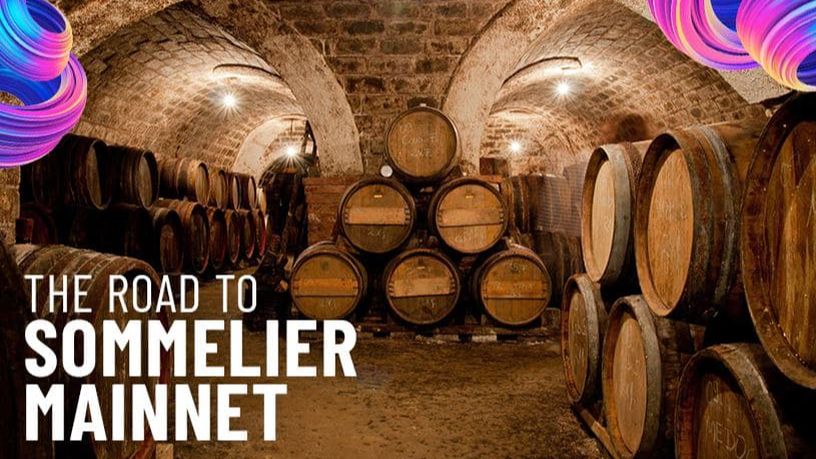
Two New Features Launched to Test Liquidity Management on Uniswap v3

Uniswap v3 Remove Smart Contract Incident Post Mortem for Sommelier
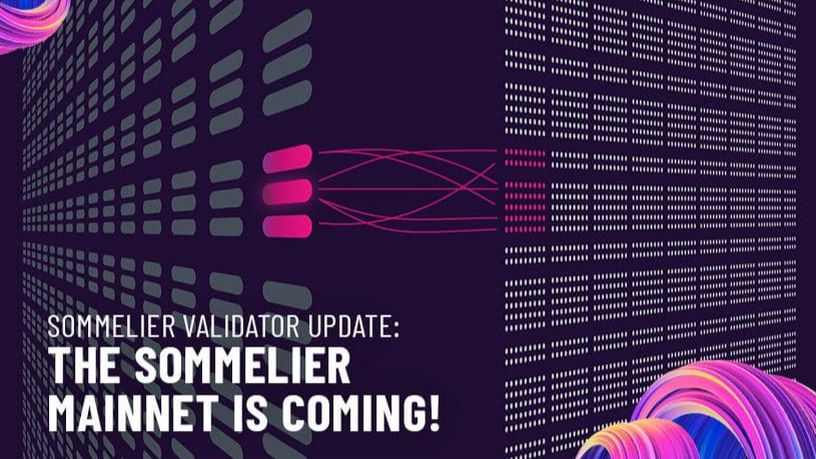
Call for Validators: Road to Sommelier Mainnet
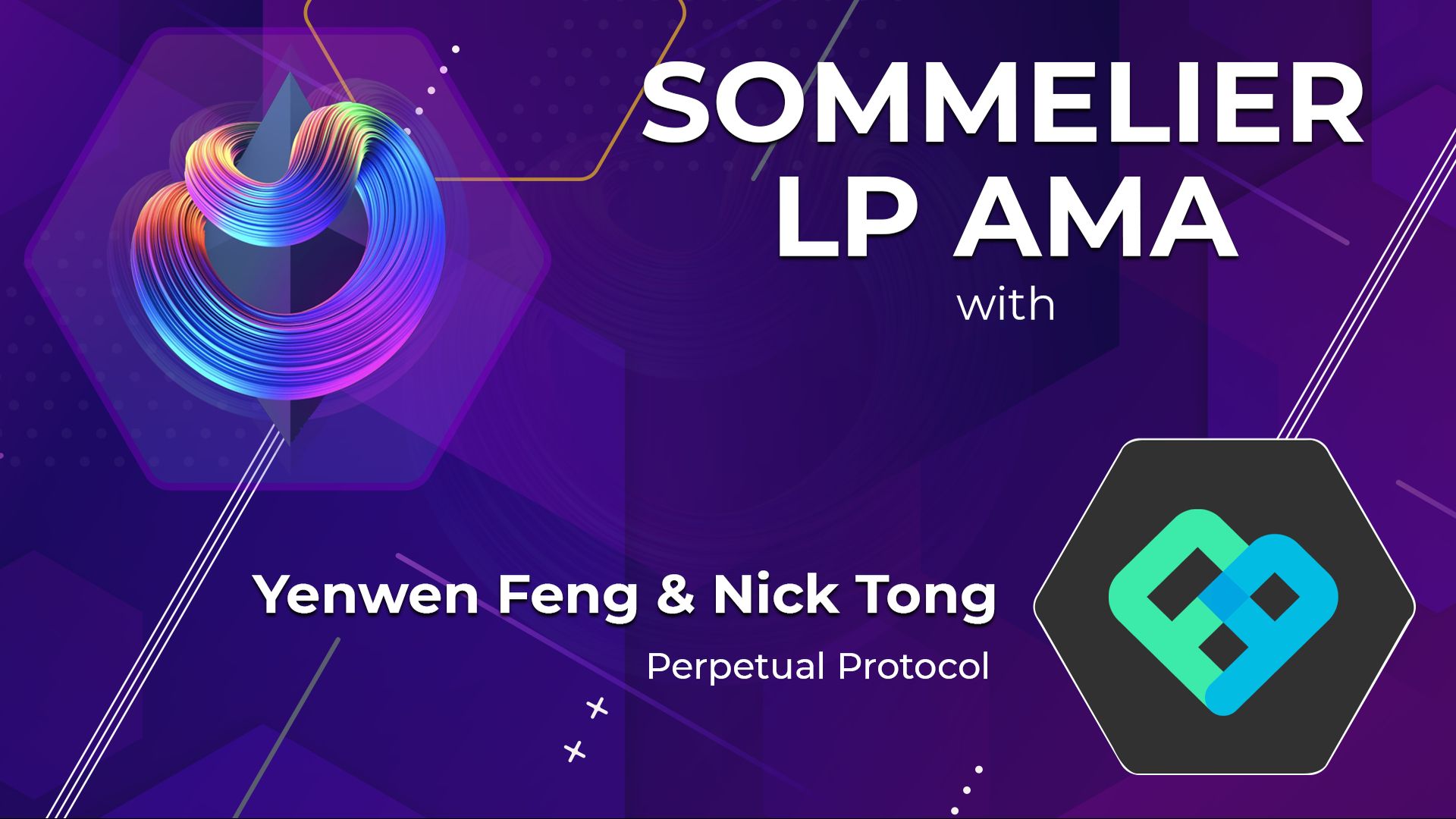
Sommelier Liquidity AMA With Yenwen and Nick From Perpetual Protocol
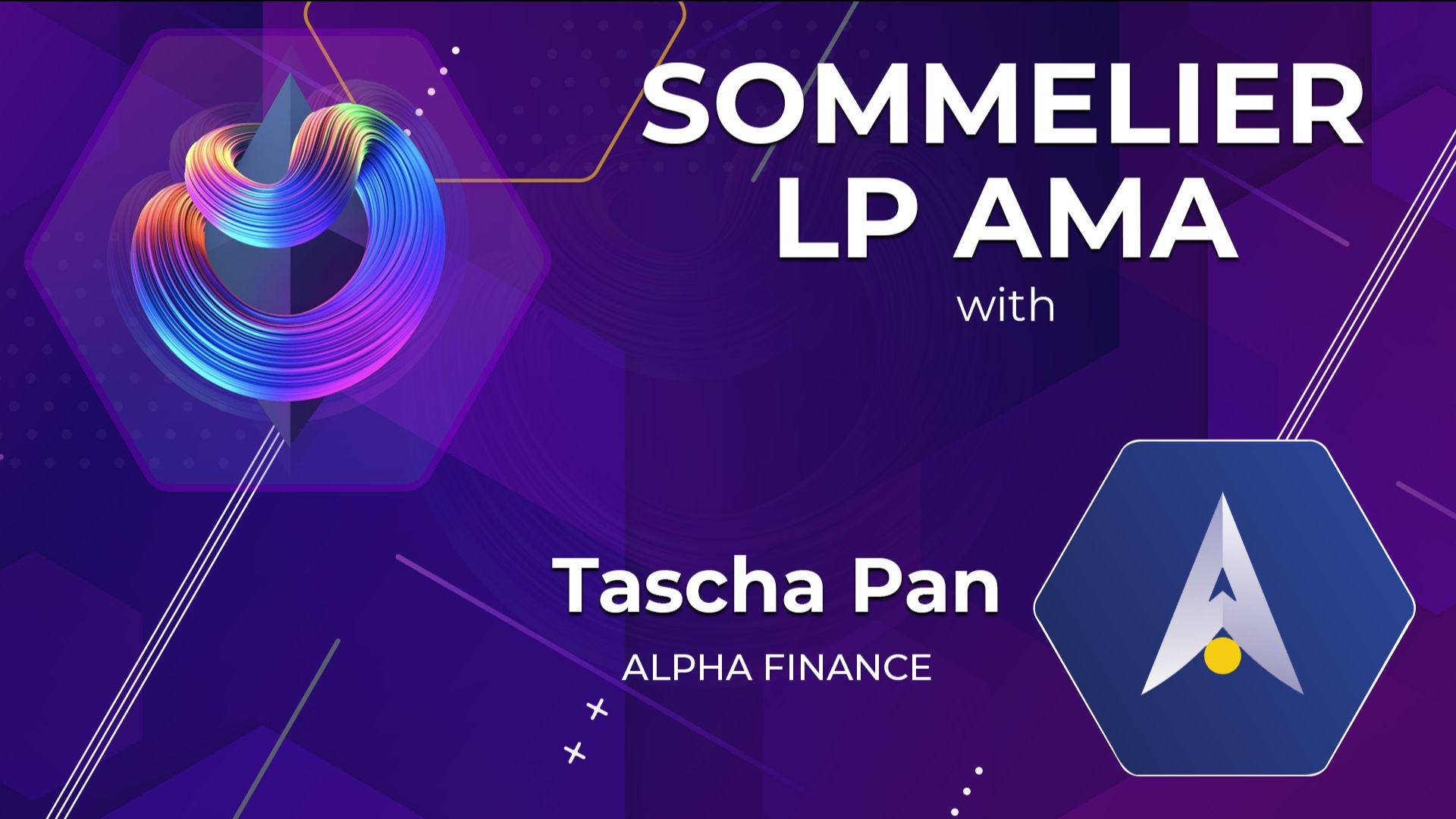
Sommelier Liquidity AMA With Tascha Pan From Alpha Finance
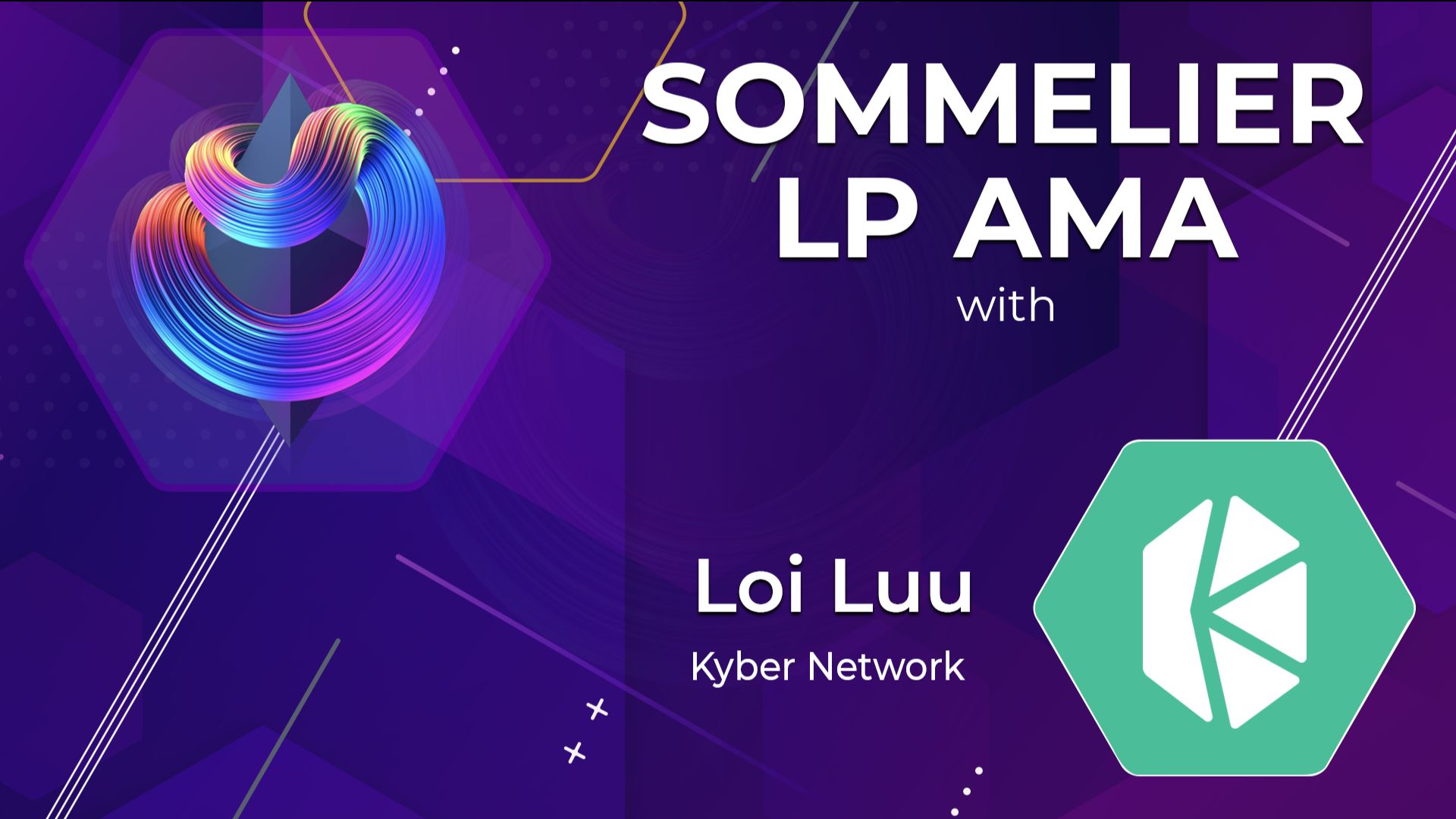
Sommelier Liquidity AMA With Loi Luu From Kyber Network

Sommelier Liquidity AMA With Alex From Peanut
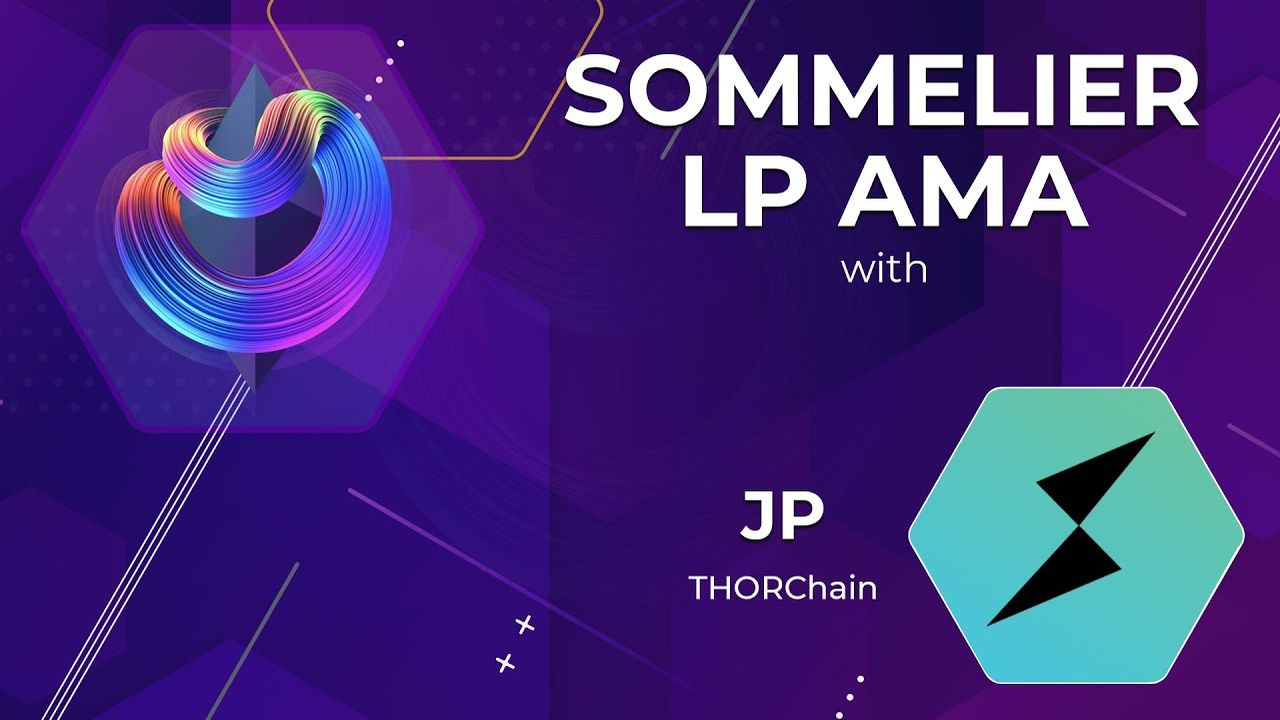
Sommelier Liquidity AMA With JP From THORChain

Sommelier Liquidity AMA With Alan Chiu From OMGX Network
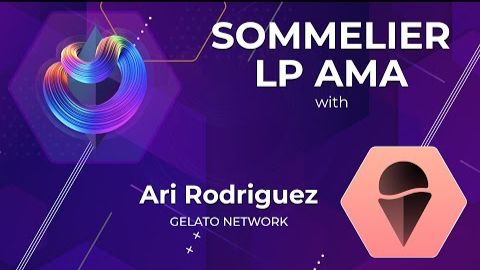
Sommelier Liquidity AMA With Ari From Gelato Network

Sommelier Liquidity AMA With Sunny Aggarwal From Osmosis
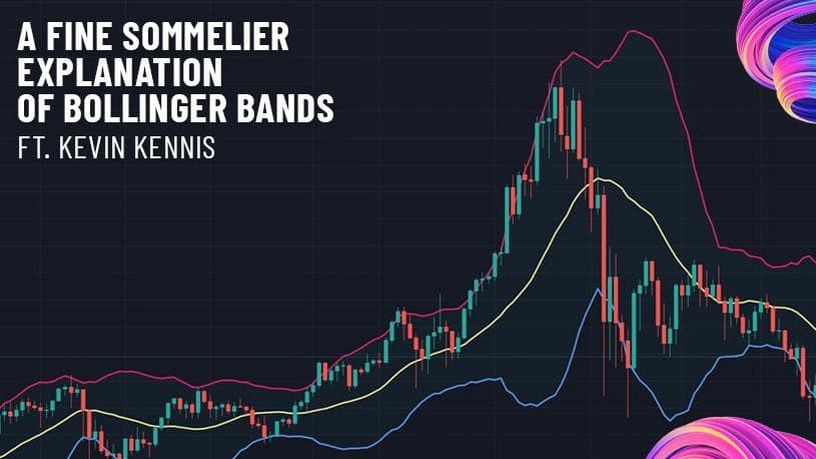
A Fine Sommelier Explanation of Bollinger Bands With Kevin Kennis
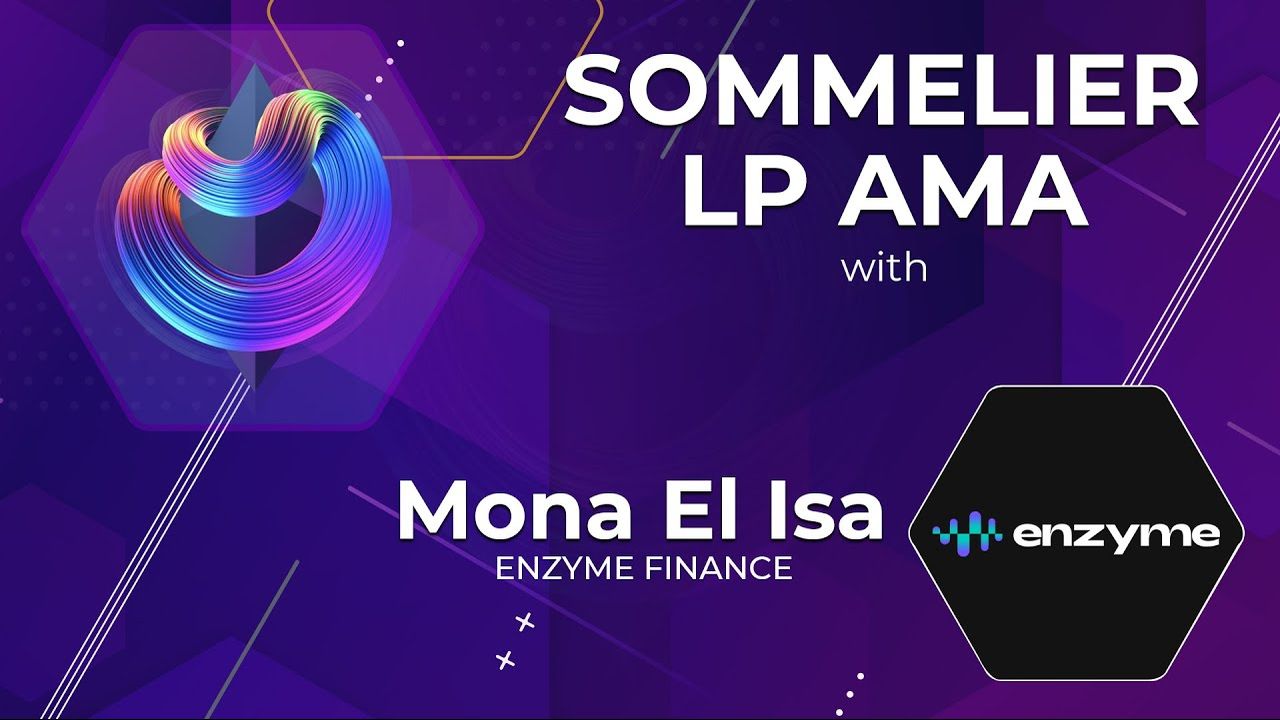
Sommelier Liquidity AMA With Mona El Isa From Enzyme

Sommelier Liquidity AMA With Haxor From Method Finance

Sommelier Liquidity AMA With Tor From Secret Network
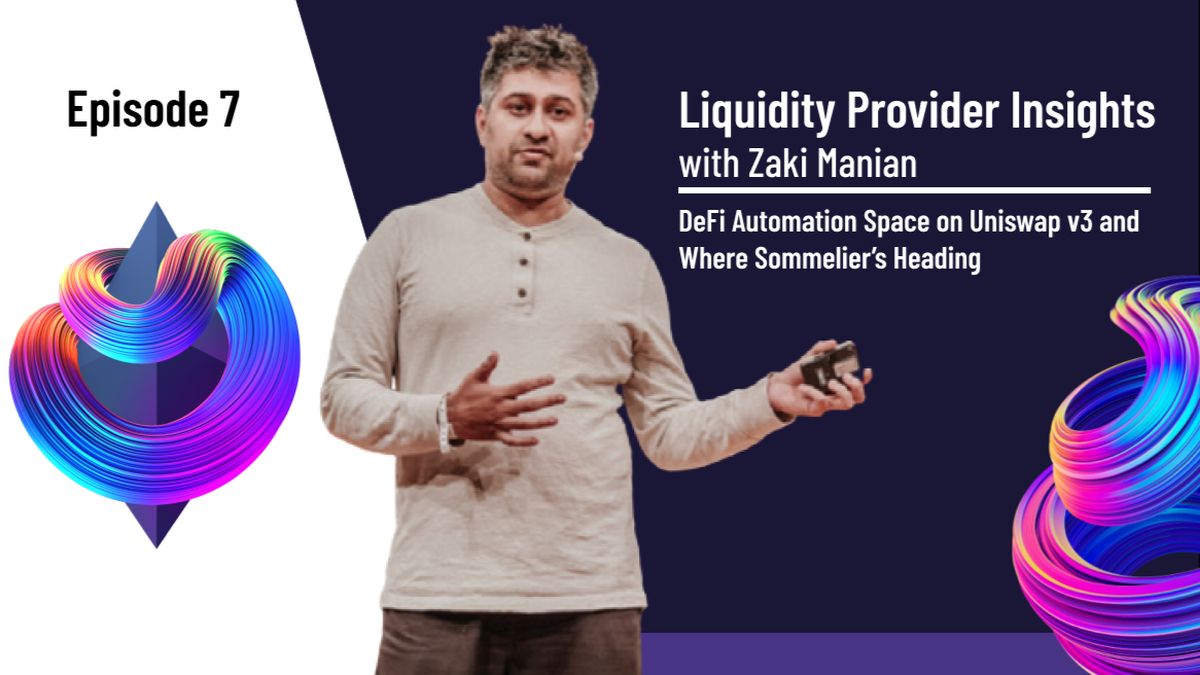
Liquidity Provider Insights With Zaki Manian - Ep. 7 - DeFi Automation Space on Uniswap v3 and Where Sommelier’s Heading
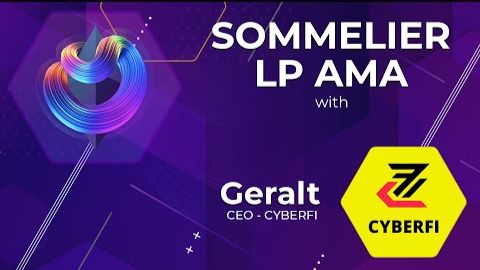
Sommelier Liquidity AMA With Geralt From CyberFi

A Pairings Tutorial of Two Sided Liquidity Addition with Sommelier

Liquidity Provider Insights with Zaki Manian - Ep. 6 - Liquidity Providers Need to Gear Up for a Multi-Chain World

Three New Summer Features for Liquidity Providers
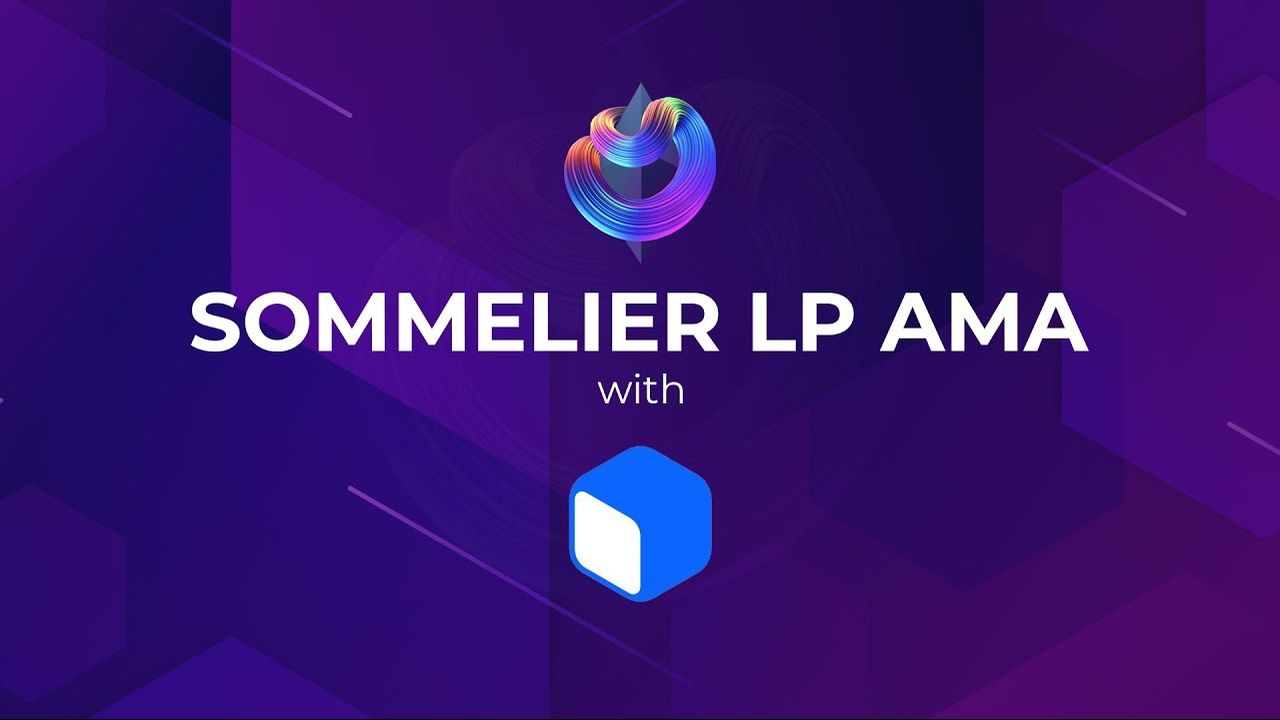
Sommelier Liquidity AMA with Tom C and Max W from Charm

Sommelier Liquidity AMA with Dereek69 & Shalaquiana from BIOPset

Sommelier This Week - June 3rd 2021: The Road to Mainnet
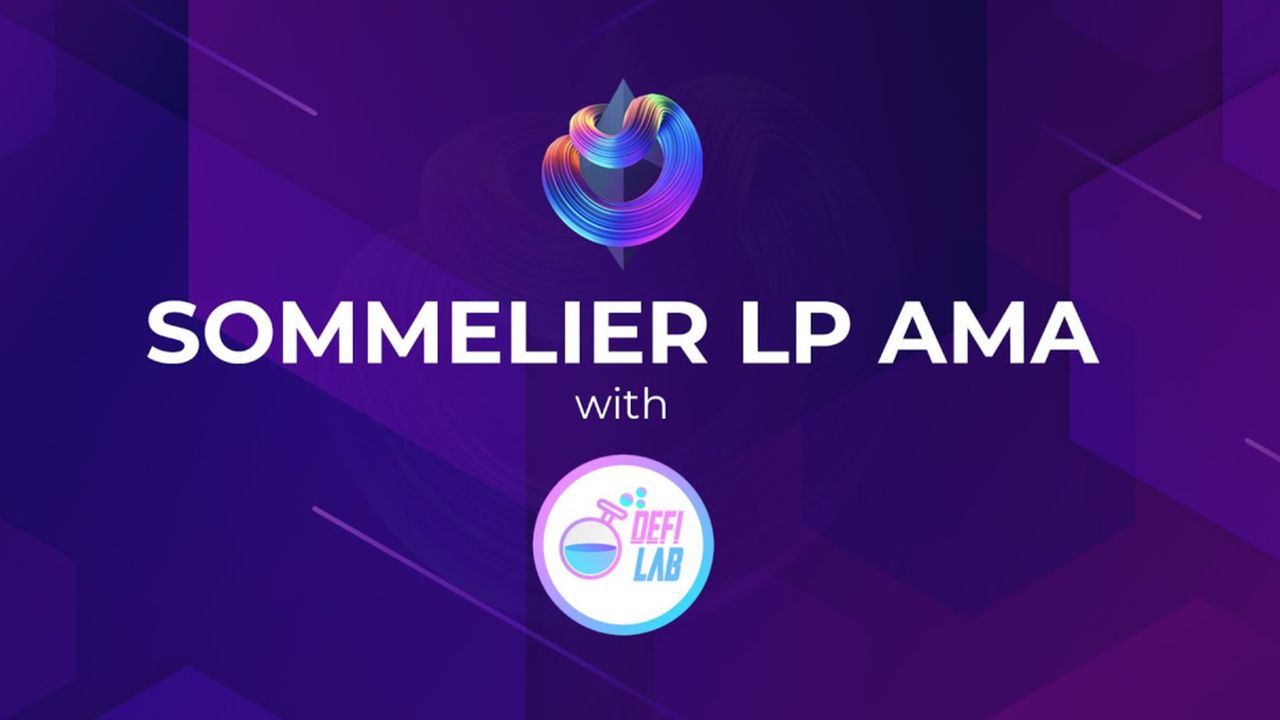
Sommelier Liquidity AMA with Federico Landini from DefiLab
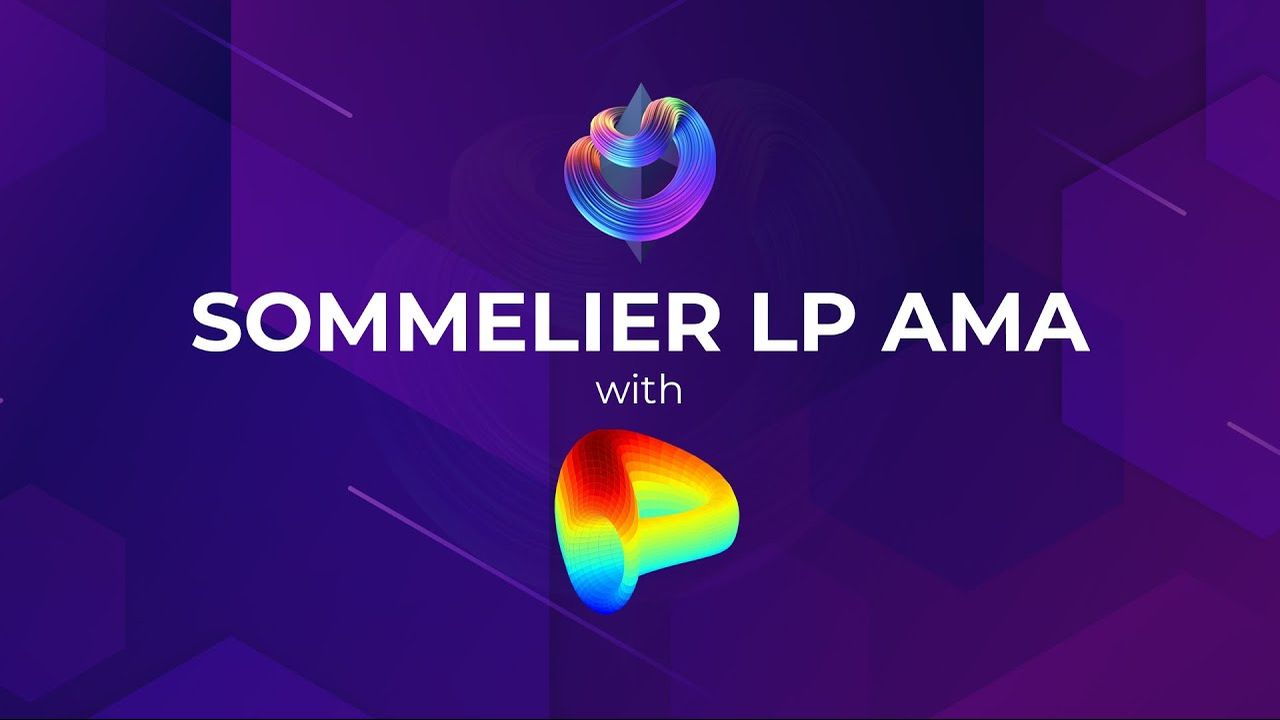
Sommelier Liquidity AMA with Michael Egorov from Curve
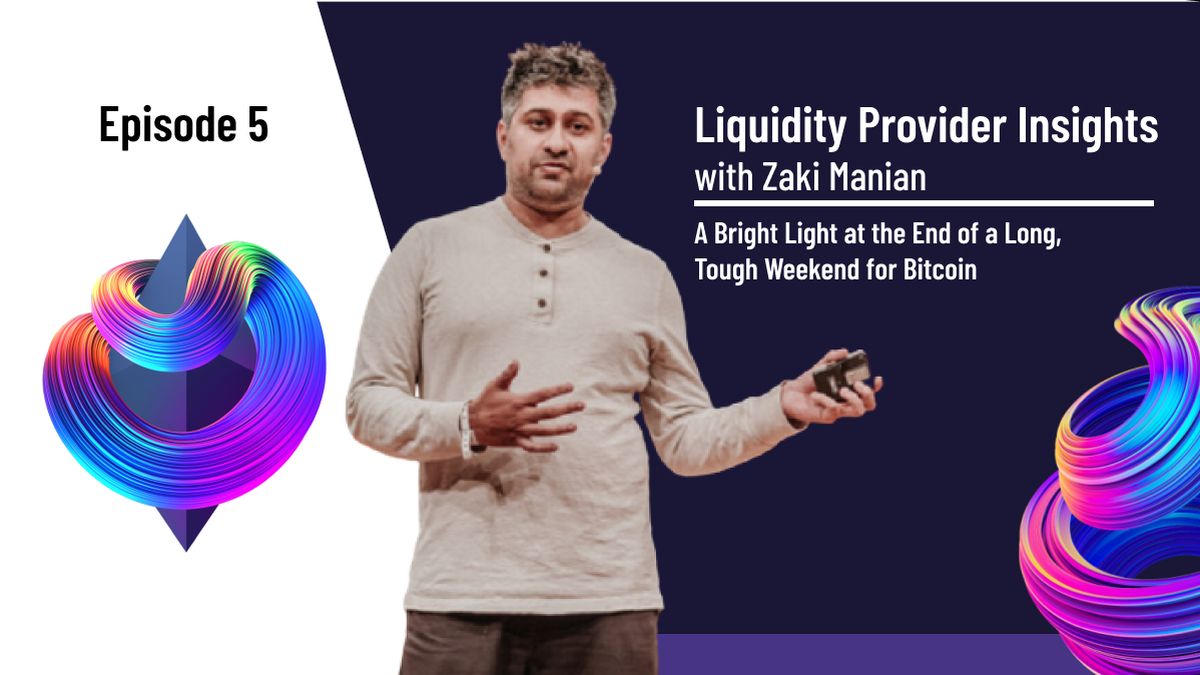
Liquidity Provider Insights with Zaki Manian - Ep. 5 - A Bright Light at the End of a Long, Tough Weekend for Bitcoin

Sommelier This Week - May 27th 2021: What Aspiring Sommelier Validators Need to Know on Last Week’s Protocol and App Progress
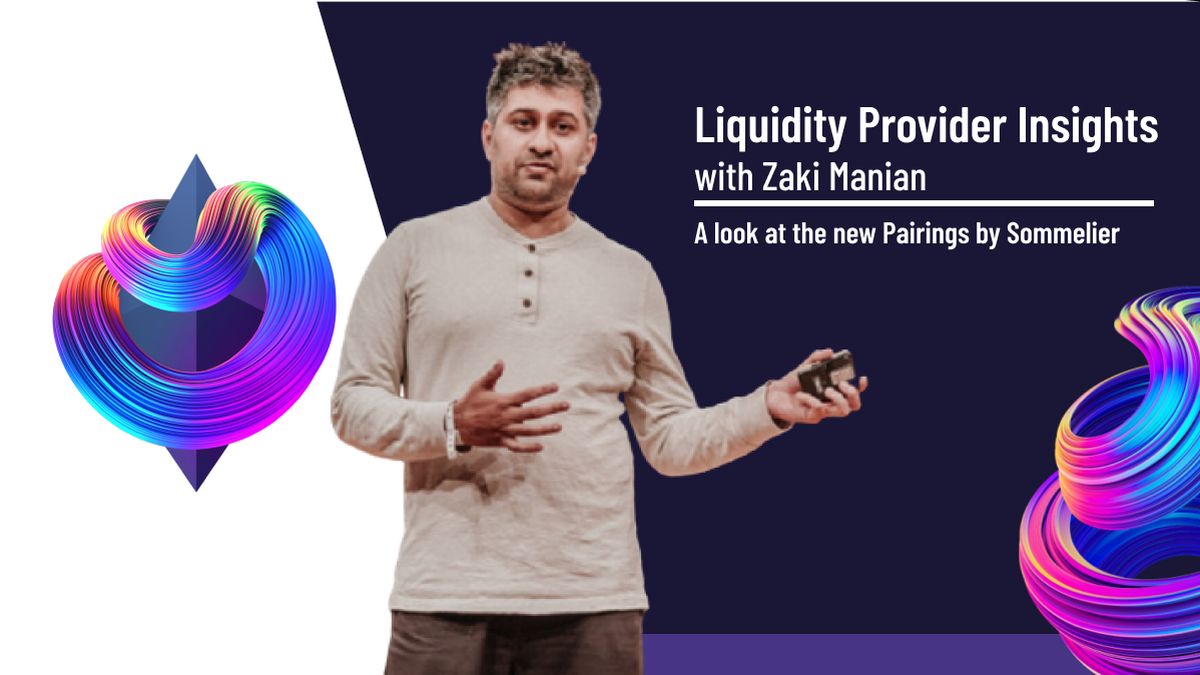
Liquidity Provider Insights with Zaki Manian (Special Edition) - Ep. 4 - New Pairings Release
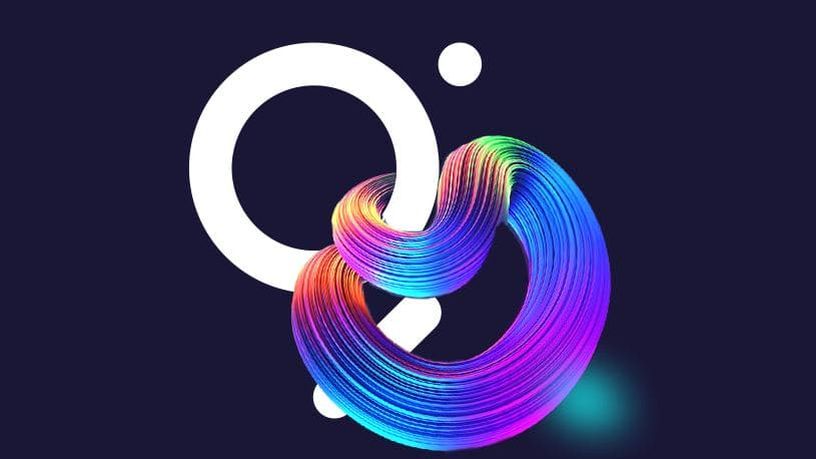
Sommelier R&D AMA With Yaniv Tal From the Graph
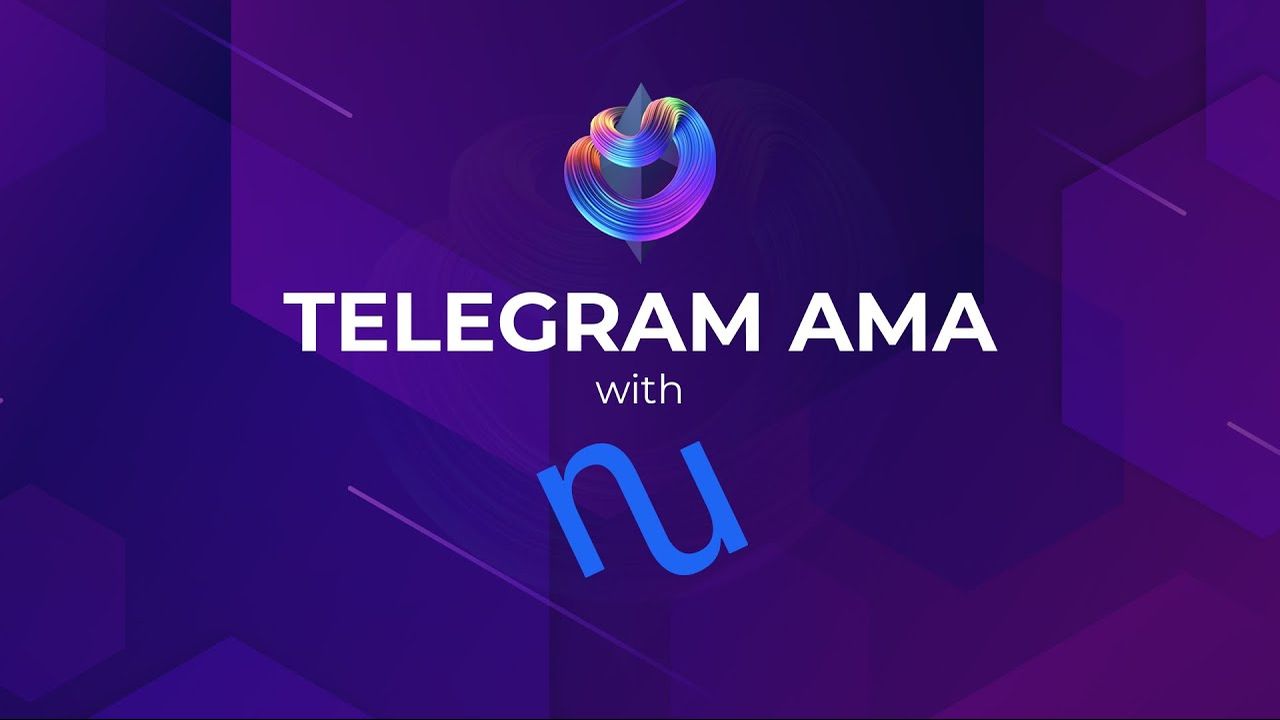
Sommelier Liquidity AMA with MacLane Wilkison from NuCypher

The Eight Steps to Become a Liquidity Provider with Pairings
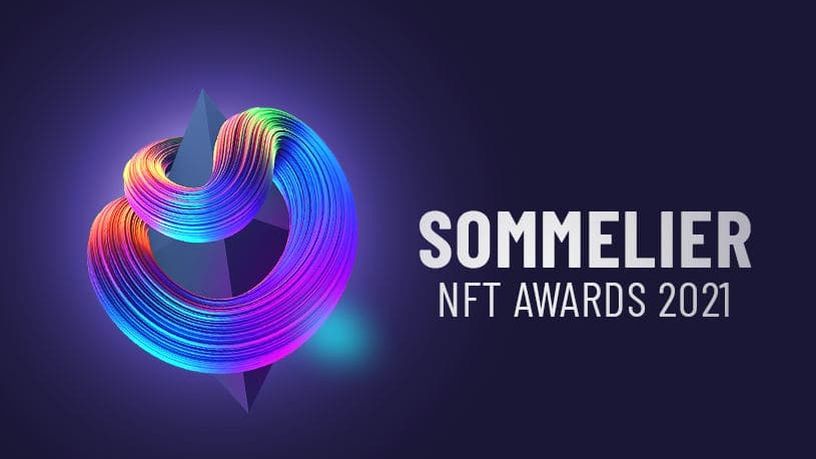
Sommelier NFT Awards - May 18th, 2021
Pairings By Sommelier: The FAQ

Zaki Manian Breaks Down What Liquidity Providers Need to Know Under Uniswap v3

Sommelier This Week - May 6th 2021: How This Week’s Protocol and App Progress Weaves Together to Make a Product
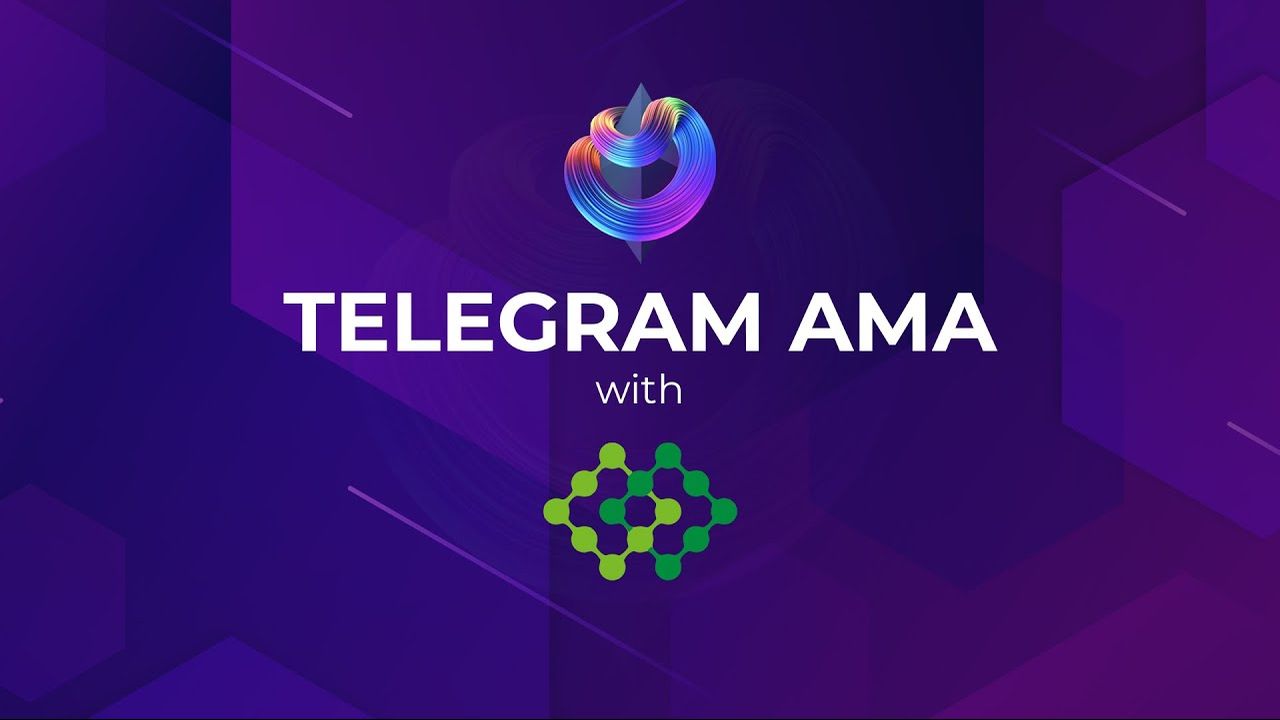
Sommelier Liquidity AMA with Dan Thomson from InsurAce

Sommelier This Week - April 29th 2021: Weeks Away From a Taste of the Sommelier App Experience and How the Dev Team Stays on Track
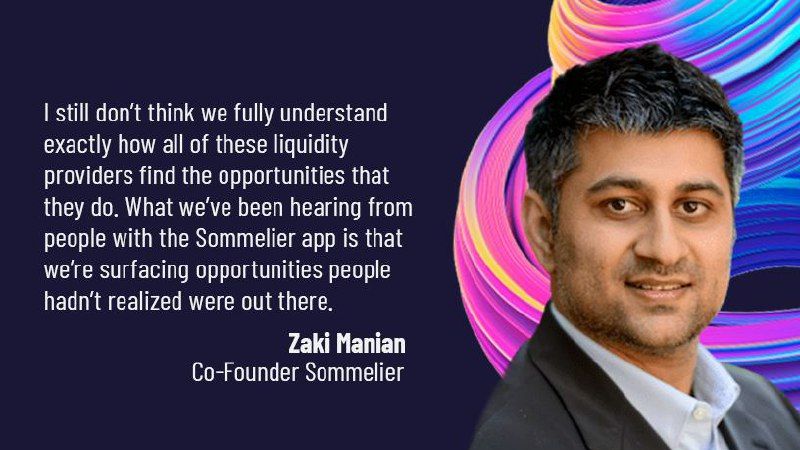
Zaki Manian Breaks Down a Phase Change Liquidity Providers Need to Know About Automated Market Makers
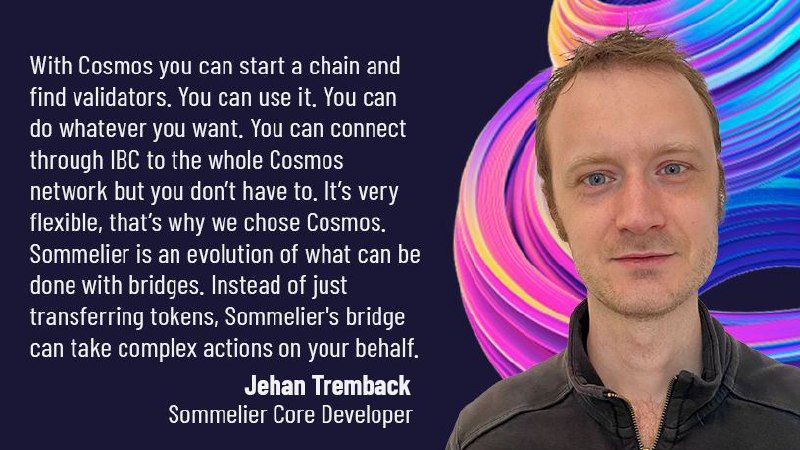
Introducing Jehan Tremback: Sommelier Core Developer and Althea Co-Founder that pushes the Limits of the Blockchain Bridge with Gravity

Sommelier This Week - April 22nd 2021: An Inside Look at Progress on Coordinating Sommelier Components That Contribute to the Chain

Sommelier This Week - April 15th 2021: Providing a Best-in-Class Experience for Uniswap Liquidity Providers

Sommelier Announces $1M R&D Grant from The Graph Foundation

Introducing LP Rewards: This Week With Cellframe
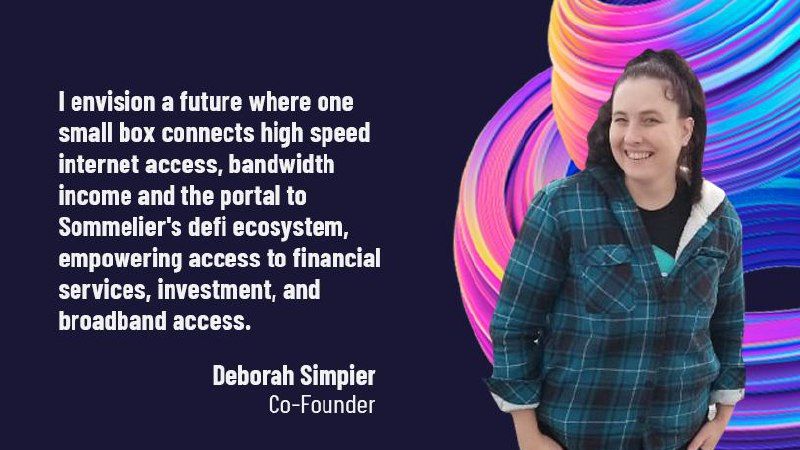
Introducing Deborah Simpier: Althea CEO and Sommelier Co-Founder Who Brought the Gravity Bridge to Life in The Cosmos

Sommelier This Week - April 8th 2021: What Uniswap v3 Means For Sommelier Architecture and Validators
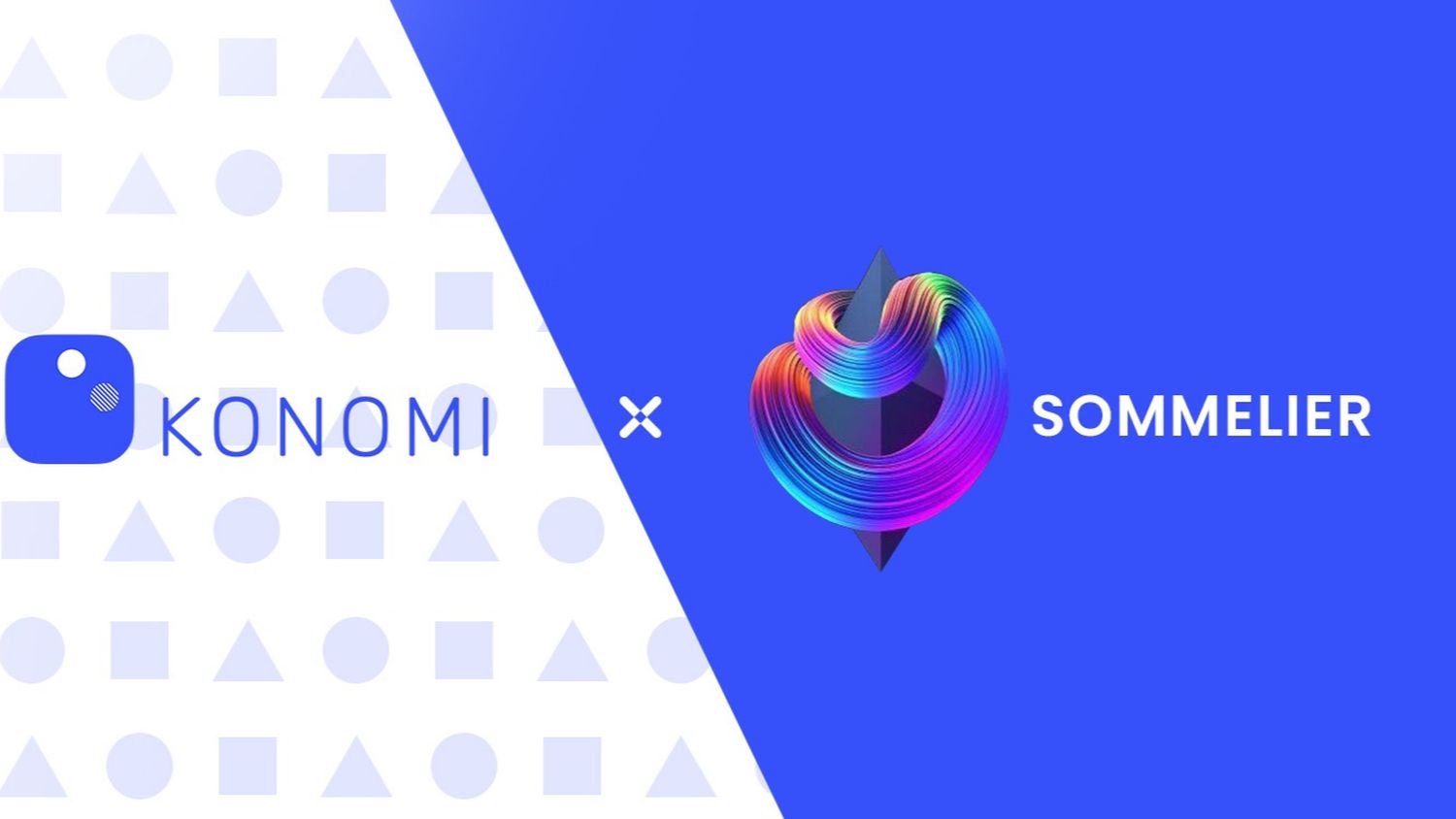
Introducing Sommelier LP Rewards Program

Sommelier This Week - April 1st 2021: Gravity Bridge and Private Testnets

Blockchain startup decides to acquire a California winery and host NFT wine parties
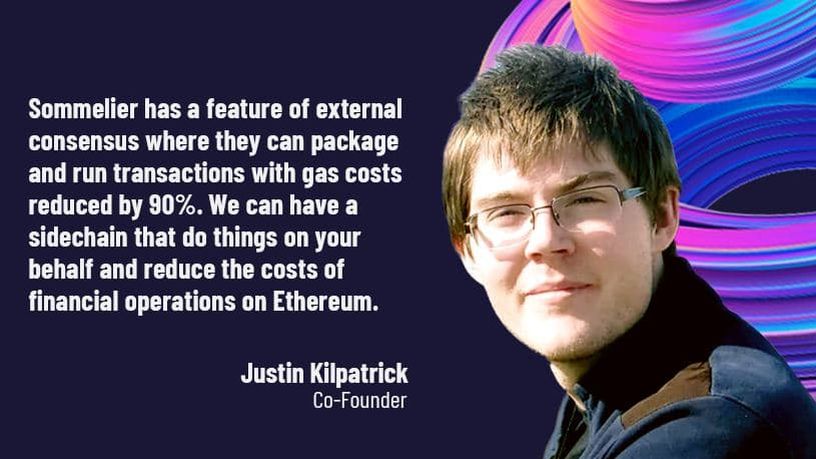
Introducing Justin Kilpatrick: The Blockchain Bridge Wizard Who Maintains Gravity

Five Ways UniswapV3 changes the world for Liquidity Providers on the AMM
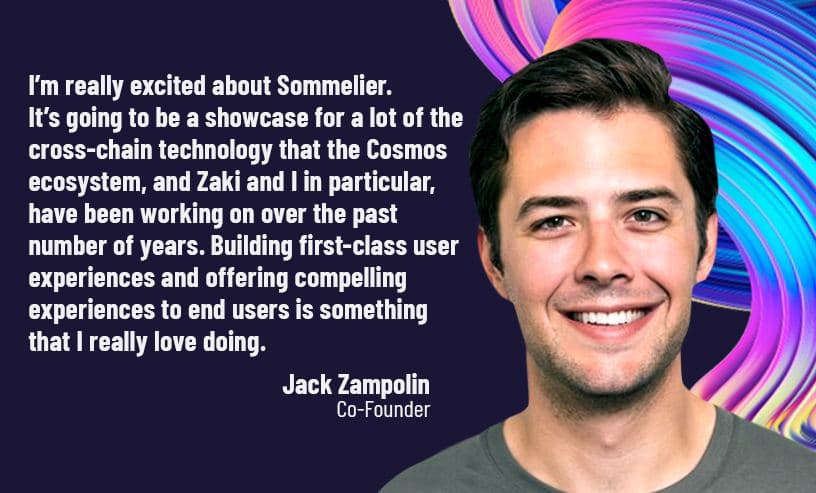
Introducing Jack Zampolin: On Becoming A Sommelier in The Cosmos

Sommelier: Welcome To The New CoProcessor For Ethereum
© 2025 Somm by Bajanss OÜ –Maakri 36-50, Tallinn, Estonia 10145